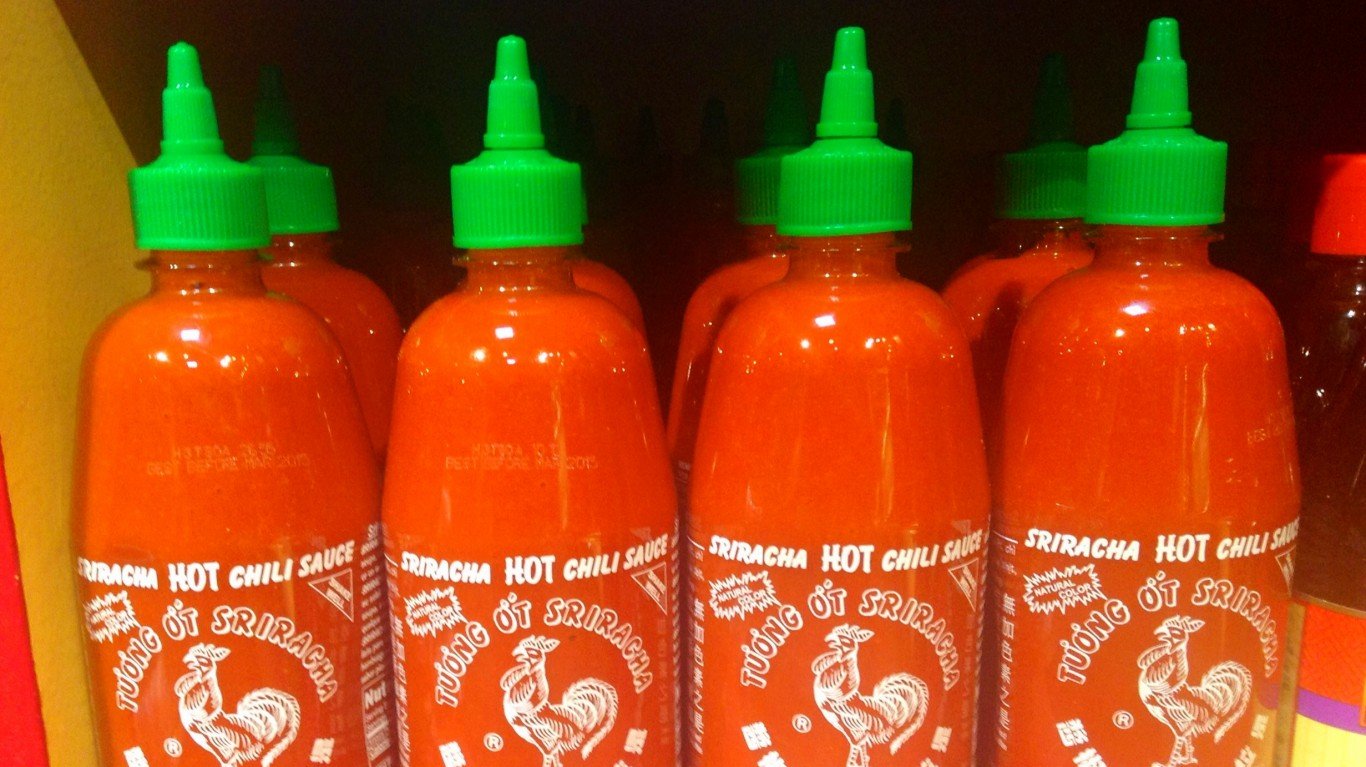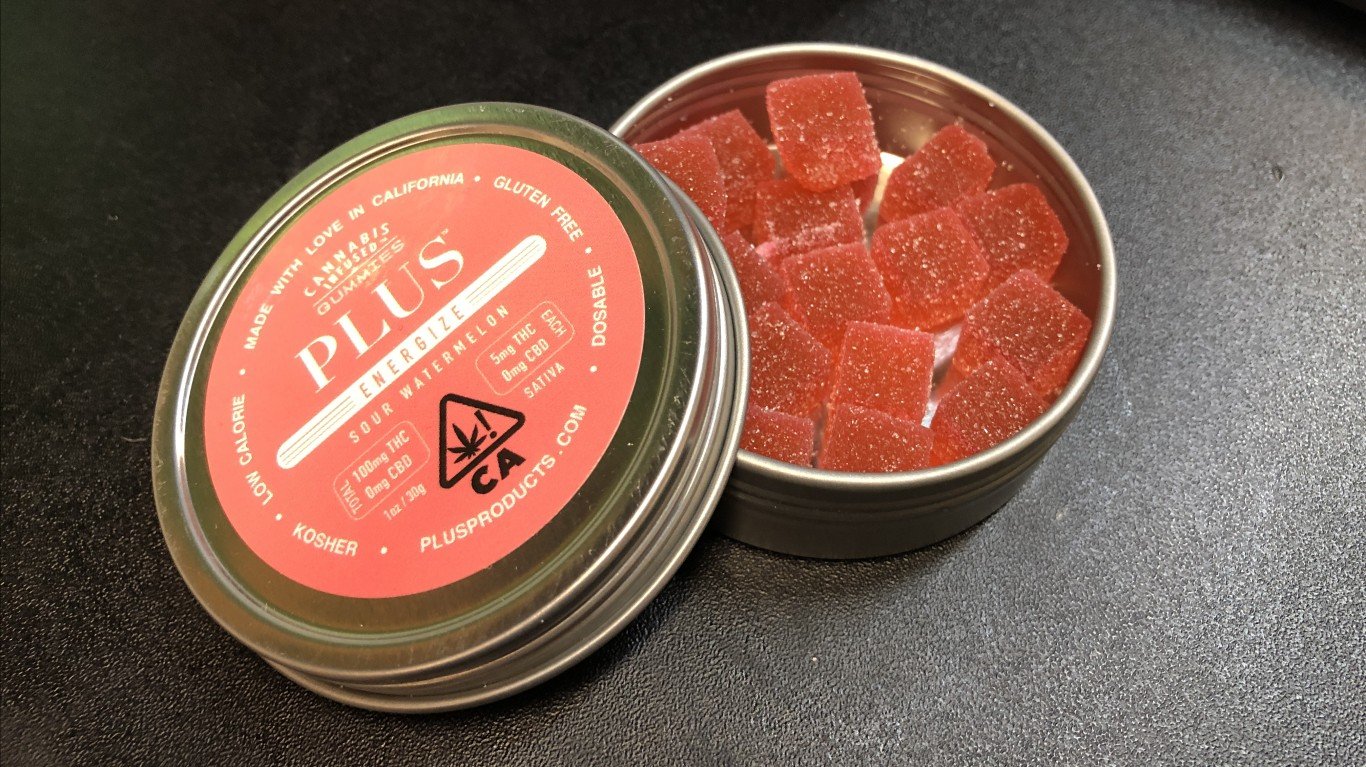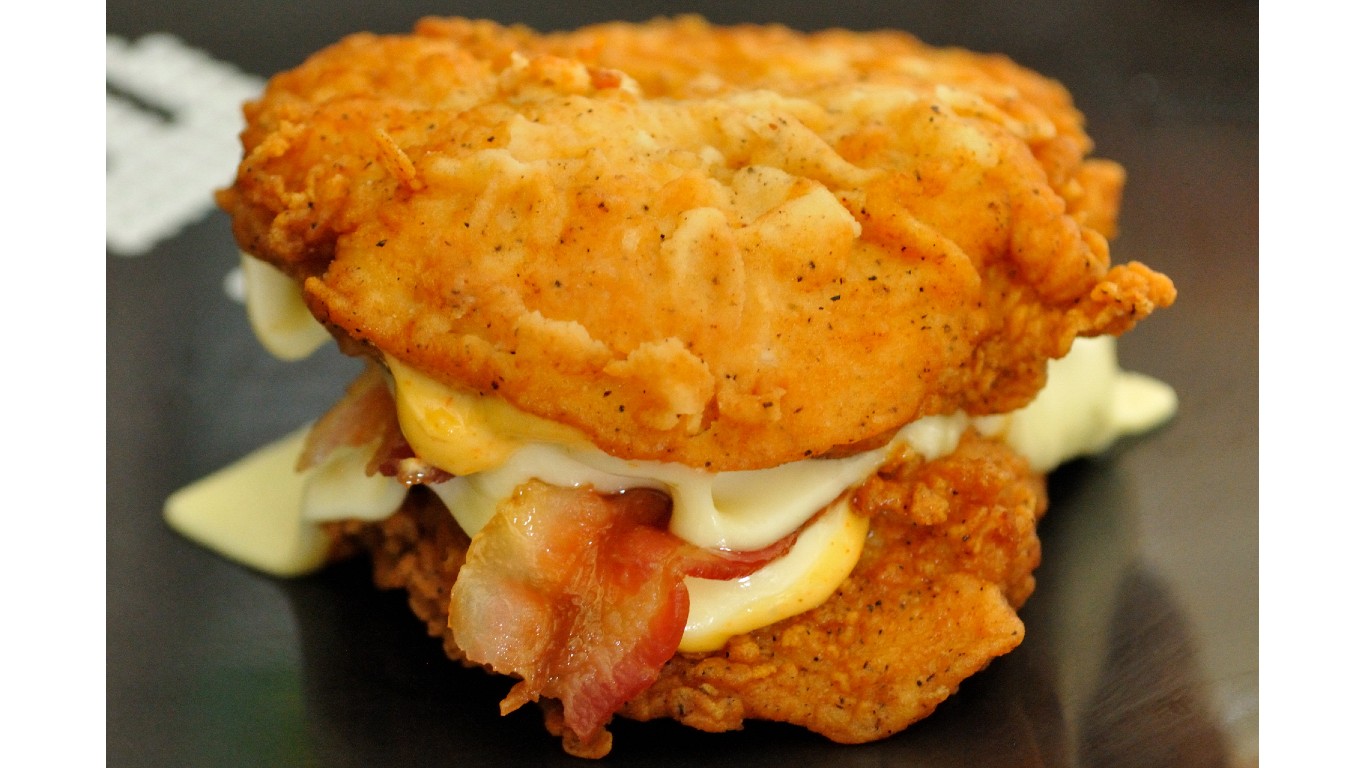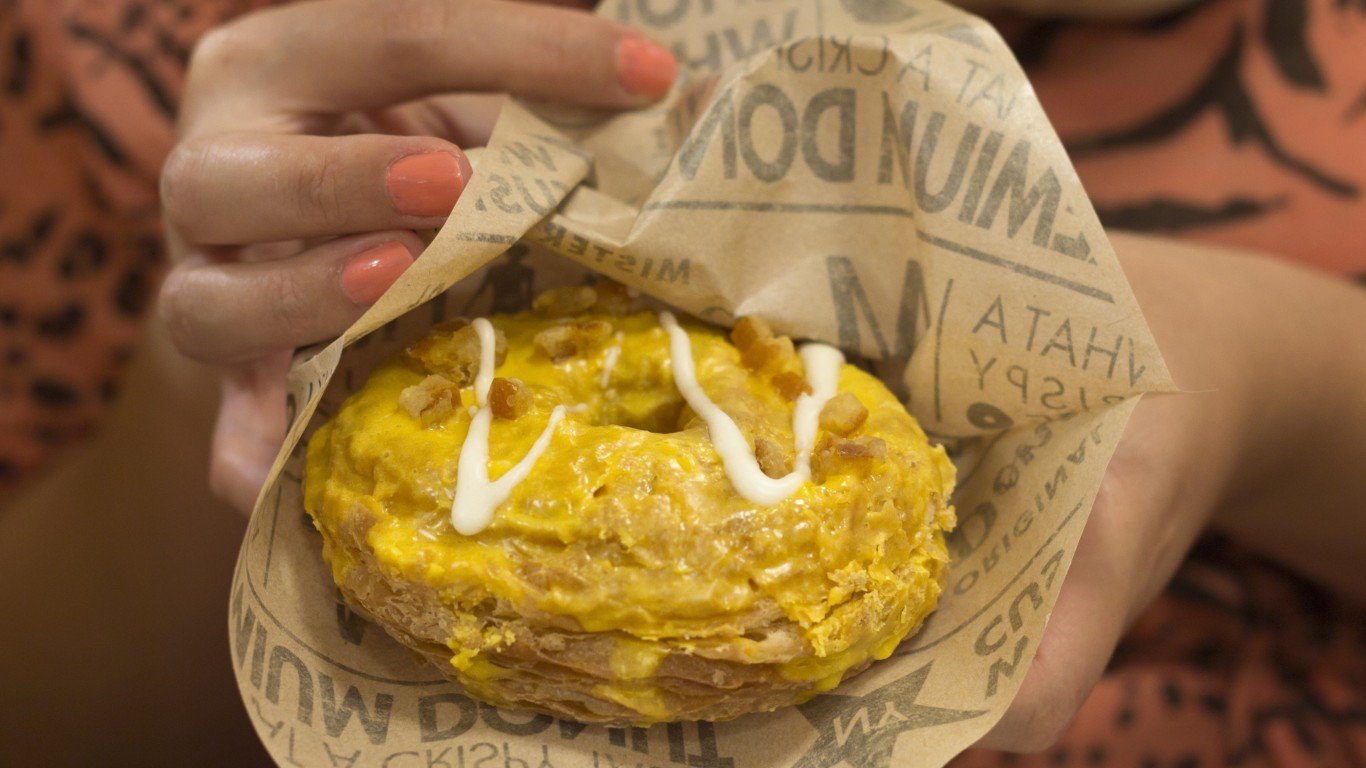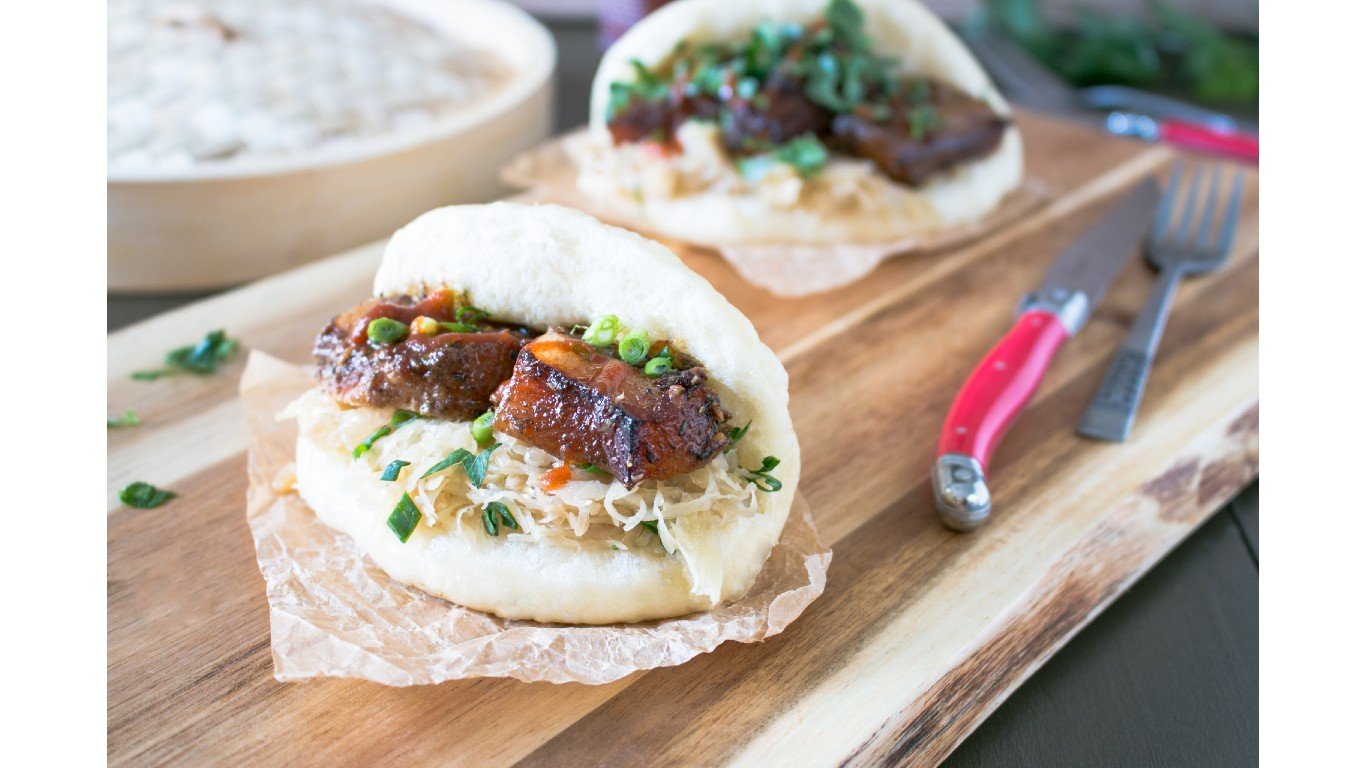Each decade, there seems to be another popular food trend that emerges. In the 1960s it was fondue; the 1970s saw quiche fame as well as every holiday party staple, the cheese log; the 1980s brought with it the wine cooler, and the 1990s ushered in Snapple, which even had a popular spokesperson (Wendy, the Snapple Lady). Sometimes these trends rise and fall quickly (so long, bulletproof coffee), while others remain on restaurant menus or become the favorites of home cooks for so long that they enter the mainstream and are unlikely to ever fade away.
A large number of food trends have emerged in the aughts and ’10s, the first two decades of the 2000s. Although some fads on the list are more current inventions, such as Cronuts and avocado toast, others have become newly popular after having been eaten for centuries. Charcuterie boards are not an Instagram creation, but the brainchild of 15th-century French meat purveyors. Matcha is all the rage now, but the Chinese have been brewing it since the seventh century.
To compile a list of the biggest food fads of the 21st century, 24/7 Tempo consulted articles on the subject on numerous food and popular culture sites as well as several major newspapers and magazines.
Some fads evolve from long-lived trends to become traditions. Each fall, we’re bombarded with pumpkin spice everything, so that’s probably here to stay. Given how much we love iced coffee, our love for a cold-brewed cup of joe will likely never fade away. Health-conscious consumers will continue to crave quinoa, plant-based meats, and alternative milk made of almonds and soy. (These are the greatest public health achievements of the 21st century.)
However, other fads may have already come and gone. Rainbow foods may already be past their expiration date, and cupcakes just aren’t quite the universal favorite they once were.
Here are the greatest food trends of the 21st century
Quinoa
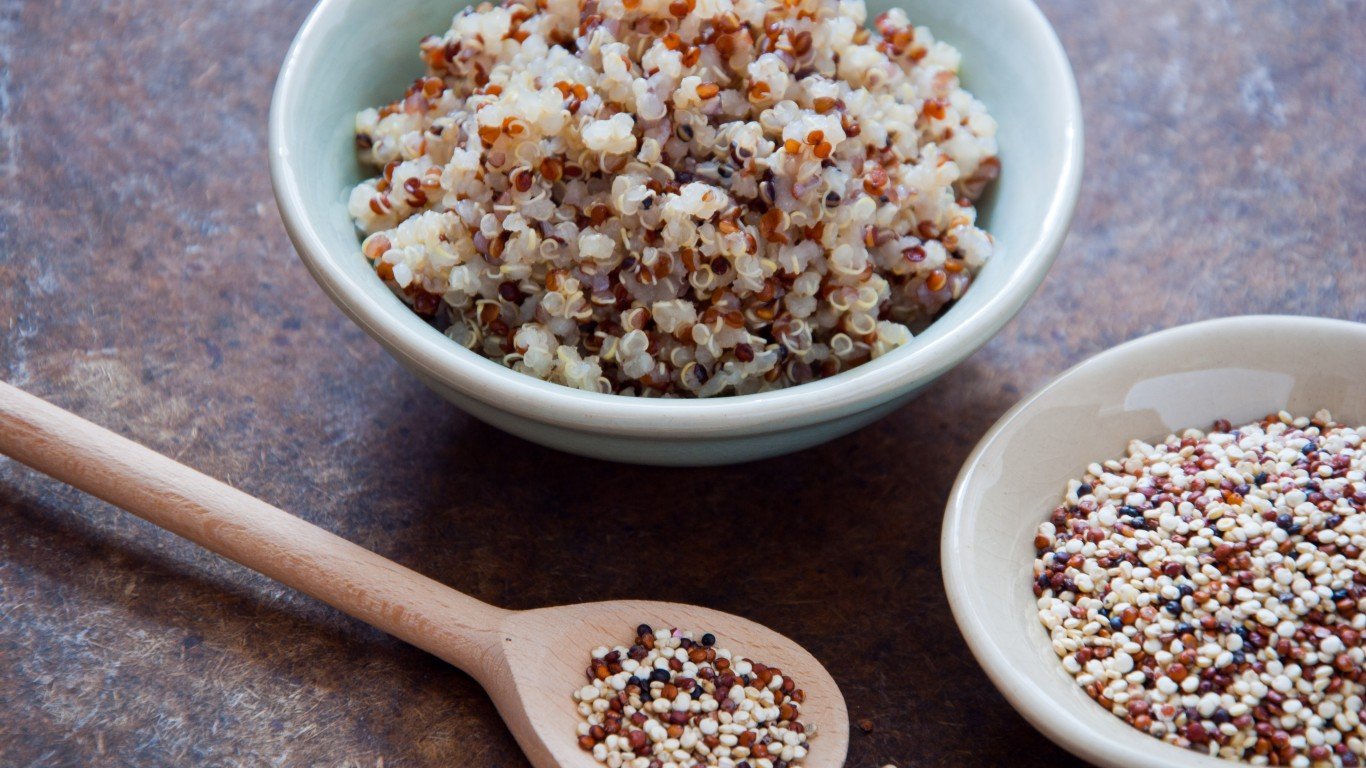
The seed of the Chenopodium quinoa plant, native to the Andes, quinoa (pronounced KEEN-wah) is called a “pseudograin” because it contains many of the same nutrients found in cereal grains. Although it is often classified as a grain, it isn’t one. Grown in Colorado and the Pacific Northwest since the 1980s, it first became popular in the U.S. around 2006 as a good source of protein with the rise of veganism. The UN named 2013 the “International Year of Quinoa” due to its nutritional value and ability to thrive in a variety of conditions as well as its traditional importance to Andean peoples. Ironically, there have been concerns that its international popularity is making quinoa increasingly expensive for its original users in South America.
Alternative chips (kale, nori, cassava, taro, parsnip, etc.)
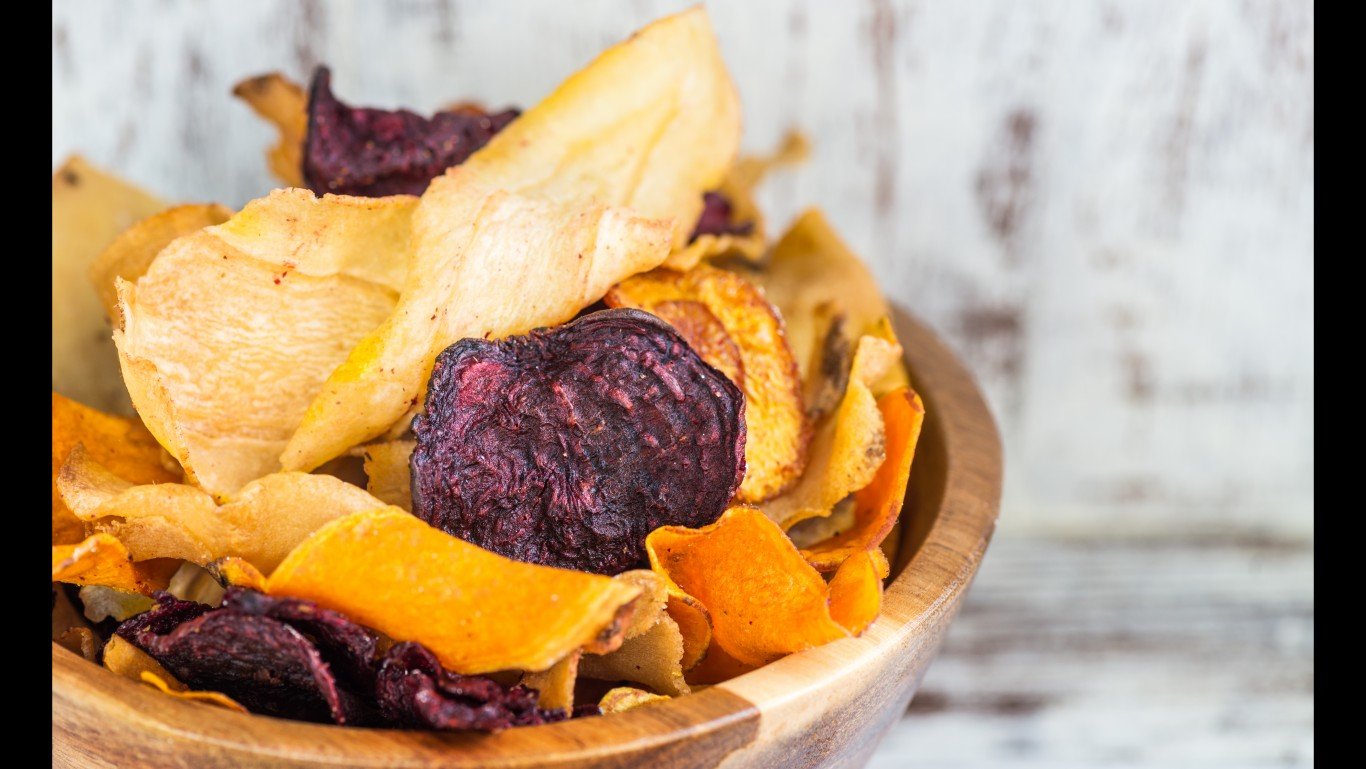
Potato chips are so last century. Food scientists have discovered that almost any plant product can be turned into crisp snack food. Watching TV and just have to munch on something but don’t want the fat and salt of potato chips? Reach for one of these alternatives. They’re crunchy, healthy, and easy to find in markets but also easy to make. (If you want kale chips, just put a bunch of washed and thoroughly dried leaves in the air fryer for 15 minutes.).
Sriracha
Named after the Thai city of Si Racha, where it was first concocted 80 years ago, this hot sauce is a mixture of chiles, sugar, garlic, distilled vinegar, and salt. Sriracha has gained a near cult-like following in recent years. People are such fans of the spicy blend that they went into a near panic in 2013 when manufacturing malfunctions that could have led to a possible shortage were reported at Huy Fong Foods’ factory in California, a leading maker of the sauce, and the firm responsible for introducing it to America.
Plant-based meat and poultry
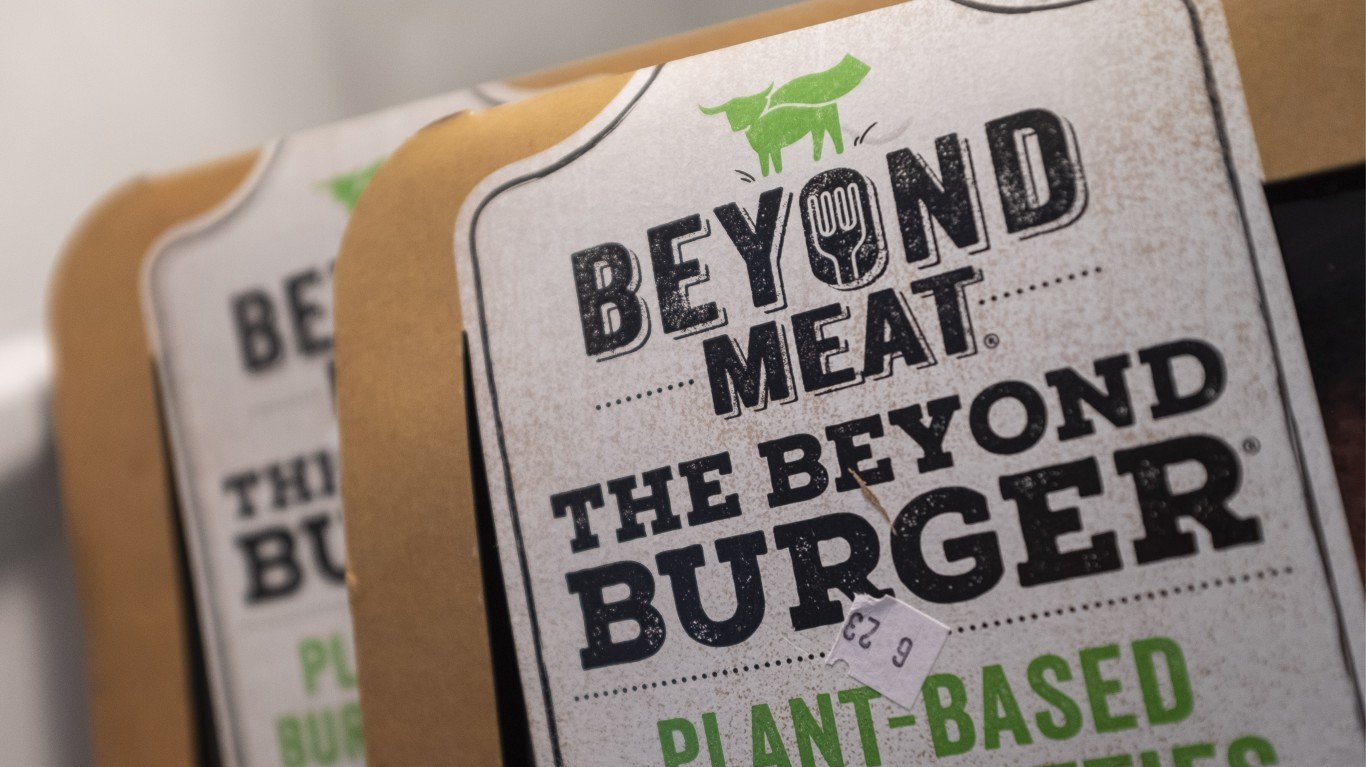
Plant-based meat and poultry alternatives have been eaten in Asia, and especially China, for centuries, and “meat analog” products in the U.S. date at least from the 1930s – some of them produced for mostly vegetarian Seventh Day Adventist consumers. Fast-forward to the 1970s, when Frances Moore Lappé’s highly influential “Diet for a Small Planet” and other works began encouraging large numbers of Americans to limit their consumption of animal products.
Fast forward again to 2009 and 2011, when Beyond Meat and Impossible Foods were founded, respectively, and major fast-food chains began offering plant-based burgers, breakfast sausage, pepperoni, fried chicken, and more. Today, such products are positively mainstream – though critics note their (usually) high sodium levels and ample use of extenders, emulsifiers, and other additives and suggest just eating fresh vegetables instead.
Avocado toast
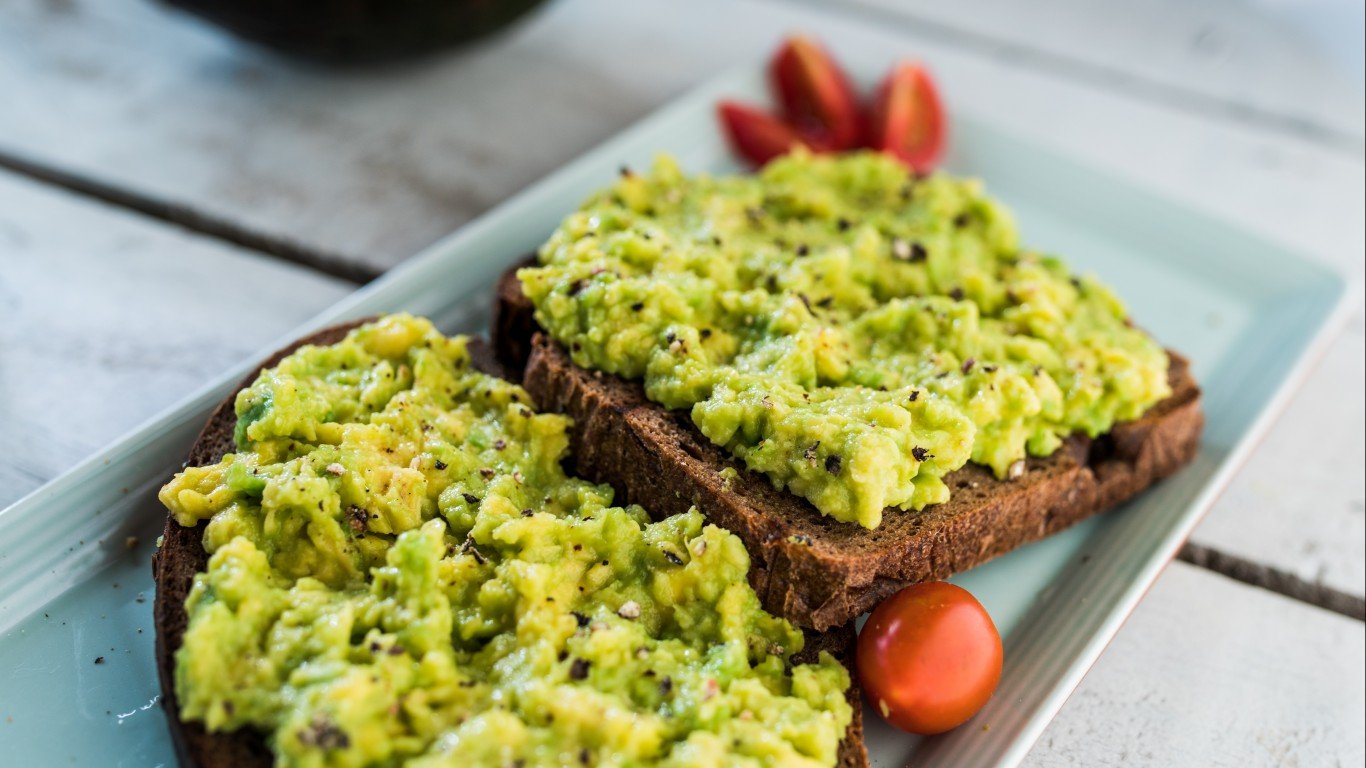
According to the Washington Post, avocado toast first appeared on a menu in 1993 at a Café in Sydney, Australia – though New York City’s Café Gitane also lays a claim. Wherever it originated, in this century this simple dish of mashed avocado on toasted bread has become pretty much ubiquitous.
Gluten-free everything
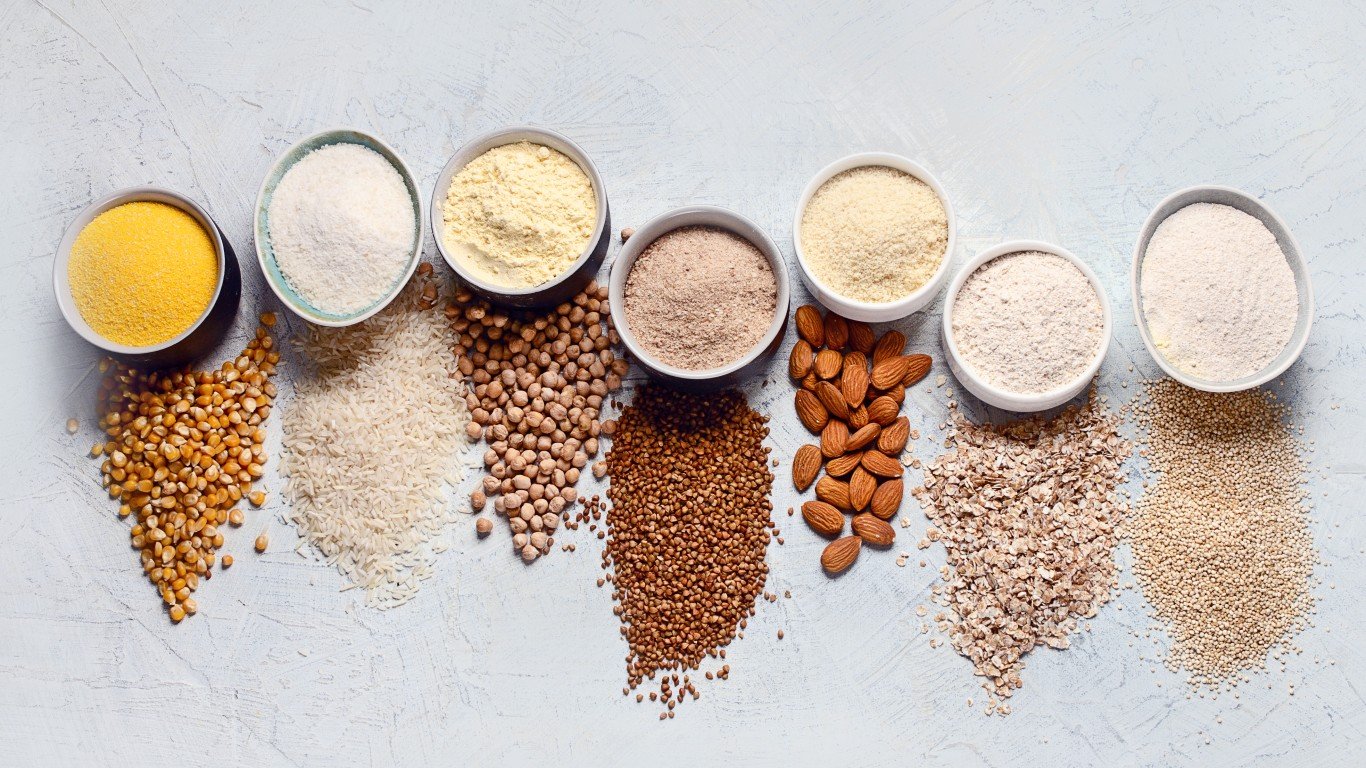
A protein found in wheat, barley, rye, and triticale (a wheat-rye cross), gluten is badly tolerated by those diagnosed with celiac disease, an autoimmune condition that causes damage to the intestinal lining when gluten is ingested. Some people who don’t have the disease still react badly to gluten and may choose to avoid it. While gluten-free products now pack grocery shelves, the Mayo Clinic points out that if someone doesn’t suffer from celiac disease or other sensitivity to gluten, they won’t benefit from going gluten-free.
Bacon everything

Bacon was found on nearly everything in the early part of the 21st century but the trend may have reached its zenith in the 2010s – when, for instance, Denny’s chain declared a “Baconalia” festival featuring dishes like the Triple Bacon Sampler and the Maple Bacon Sundae. However, it’s not dead yet. In October, Bacon Nation, a restaurant dedicated to all things cured pork, opened in Las Vegas. And everything from bacon salt to bacon chocolate bars to bacon dog food (and bacon-flavored dental floss) still finds a market. Dovetailing with another trend (see above) there are even now countless vegan “bacon” products available.
Pumpkin spice everything
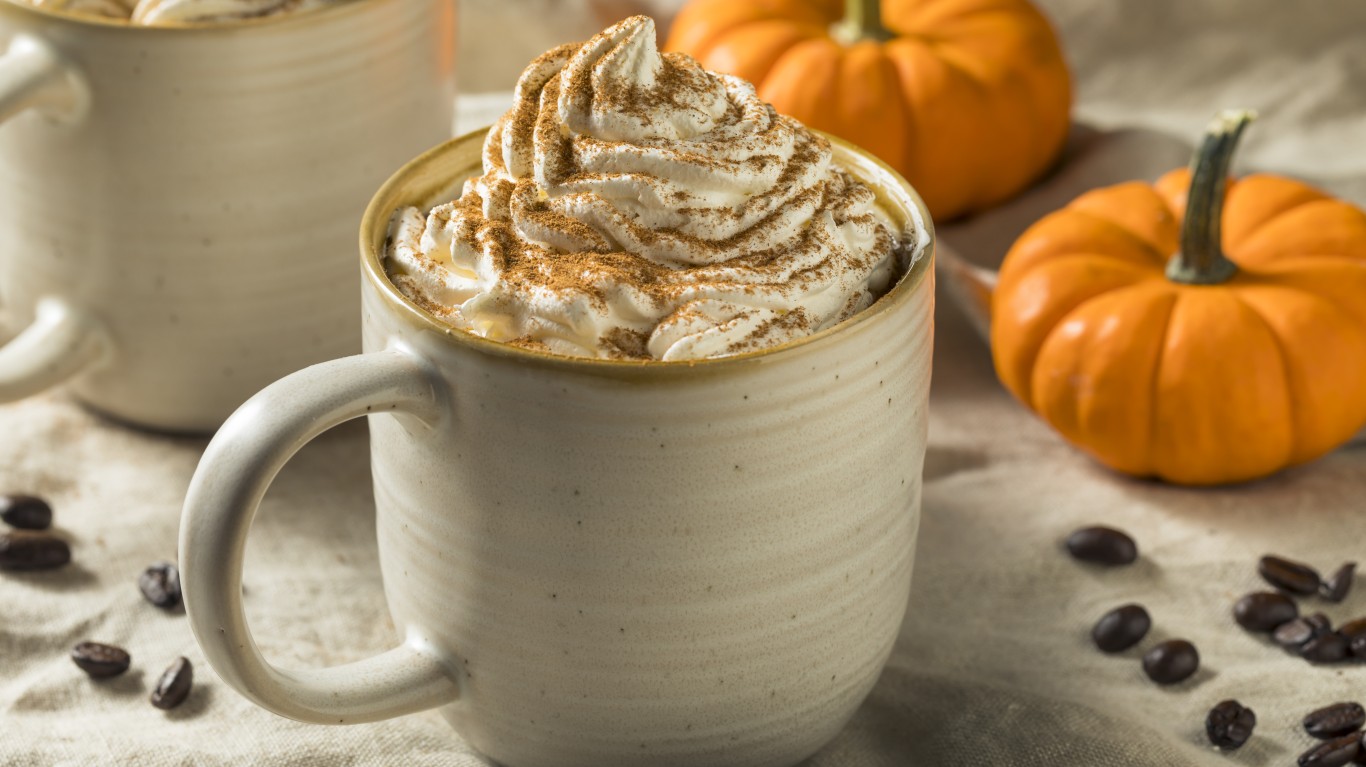
Sometimes it seems like everything that’s not flavored with bacon is flavored with pumpkin spice – which is a blend of spices typically added to pumpkin pie, typically including cinnamon, nutmeg, allspice, and ginger. Blame the craze on Starbucks, which started brewing its pumpkin spice lattes in the fall of 2003. Although it was supposed to be a limited edition, the specialty drink soon caught on and a trend was born. Now, pumpkin spice flavors everything from hummus to balsamic vinegar.
Alternative milk (oat, soy, almond, even potato, etc.)
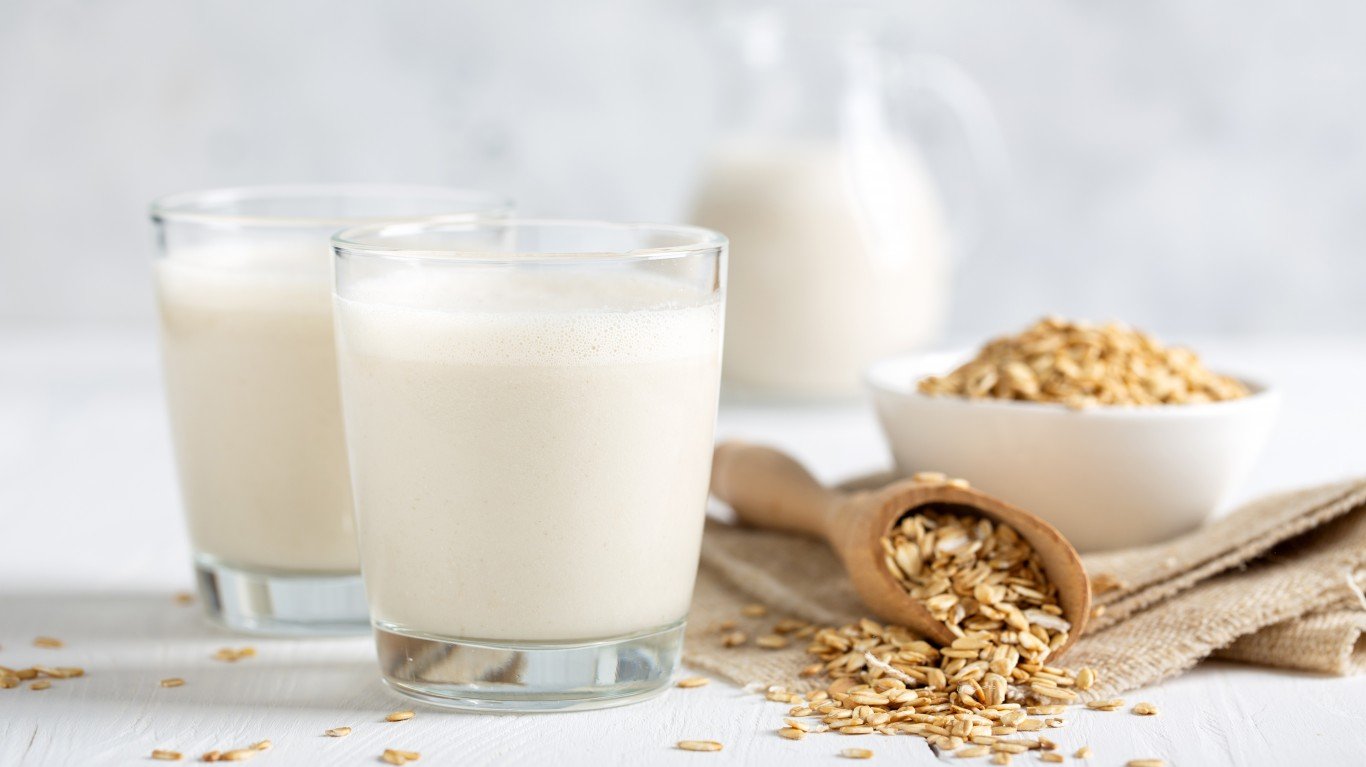
Plant-based milk now represents 10% of the total milk market, according to Food Manufacturing, with sales reaching $2 billion annually. Almond milk is the most popular, followed by oat and soy. But plant-based milks are nothing new. The Chinese started making soy milk in the 14th century, and almond milk appears in recipes from medieval times. For vegans as well as the lactose-intolerant, alternative milks provide nutrition and good taste.
Kombucha
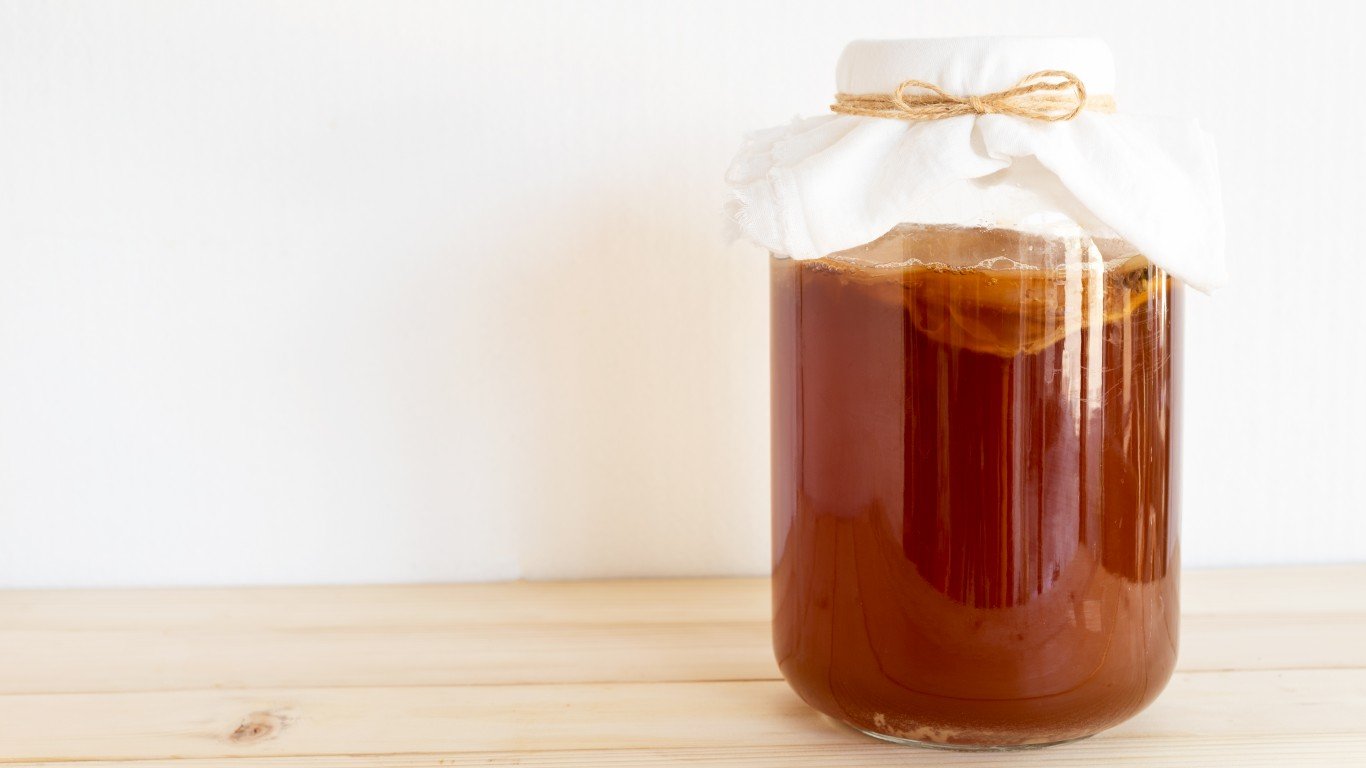
This fermented beverage has been around for countless centuries. Originally brewed in Japan and China, kombucha is a mixture of black or green tea fermented with strains of bacteria, yeast, and sugar. Among its purported health benefits are its ability to fight cancer, control diabetes, prevent heart disease, and maybe even encourage weight loss. What was once a specialized product had a global market value of $2.64 billion last year – 47.8% of that generated in the U.S. and Canada.
Coconut water
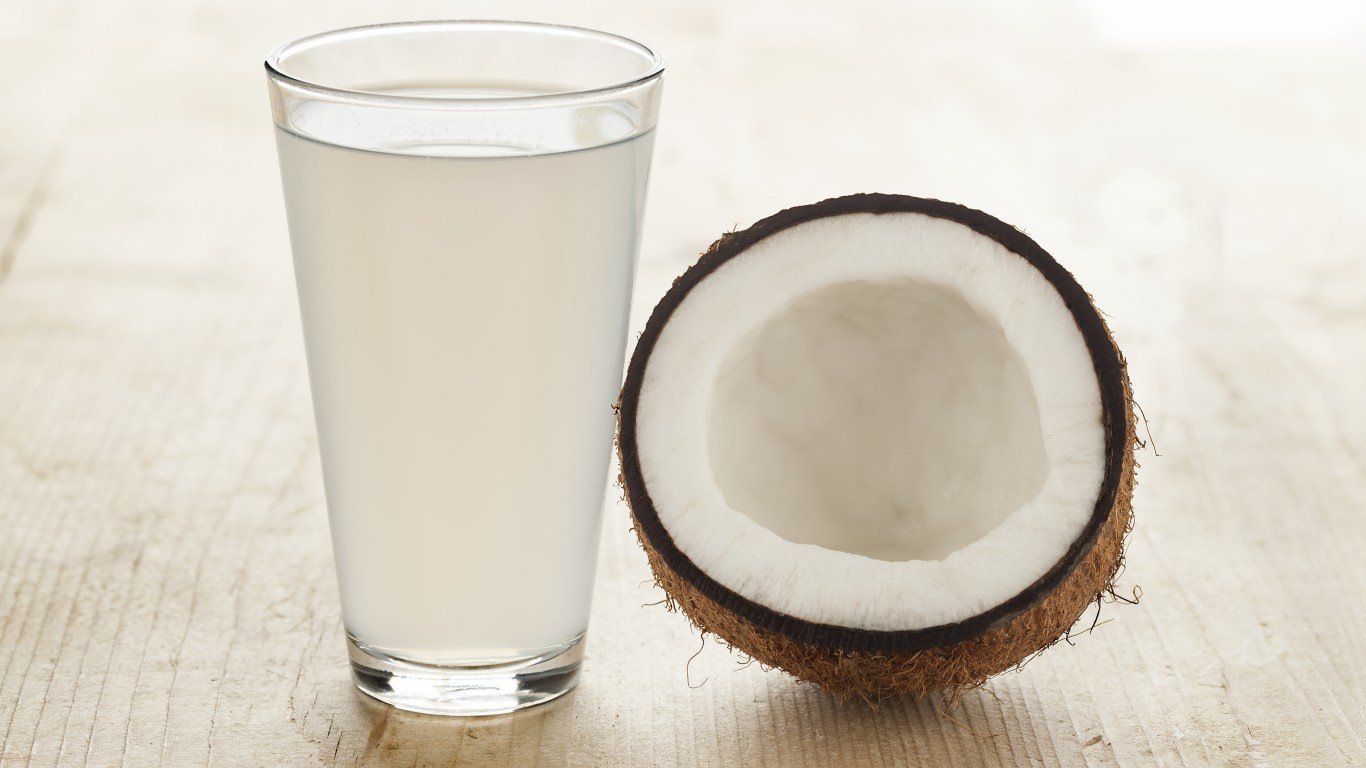
Another beverage that’s been around for thousands of years, coconut water, the clear liquid drained from green coconuts, is packed with nutrients and electrolytes. (It’s different from coconut milk, which blends in coconut flesh.) A low-calorie, low-sugar drink, coconut water is great for post-workout hydration. It is also a source of cytokines and phytohormones, said to have anti-aging and anticarcinogenic properties. In terms of global sales, it far outpaces the trendy health beverage kombucha, having recorded global sales of $5 billion in 2021 – a figure predicted to rise to $11.72 billion over the next five years.
Edibles
As more states legalize marijuana, edibles are one way to consume cannabis in a variety of products, from baked goods and candies to beverages, and they figure to become only more popular as the cannabis culture stabilizes in more and more places. However, since the products contain varying amounts of tetrahydrocannabinol (THC), the active ingredient in cannabis, consumers should be careful when trying edibles for the first time.
Rainbow foods

The Bagel Store in Brooklyn (which permanently shuttered in 2022) had been selling bagels streaked through with various bright colors for 20 years, but when one of its bagels went viral in a video in 2016, a food fad was born. Although eating food loaded with artificial dyes flies in the face of health-consciousness, we’re attracted to those fancy colors for a reason: A study found that we associate colors with certain tastes. For example, we see green and think sour, or we see pink and think sweet.
Fried chicken sandwiches
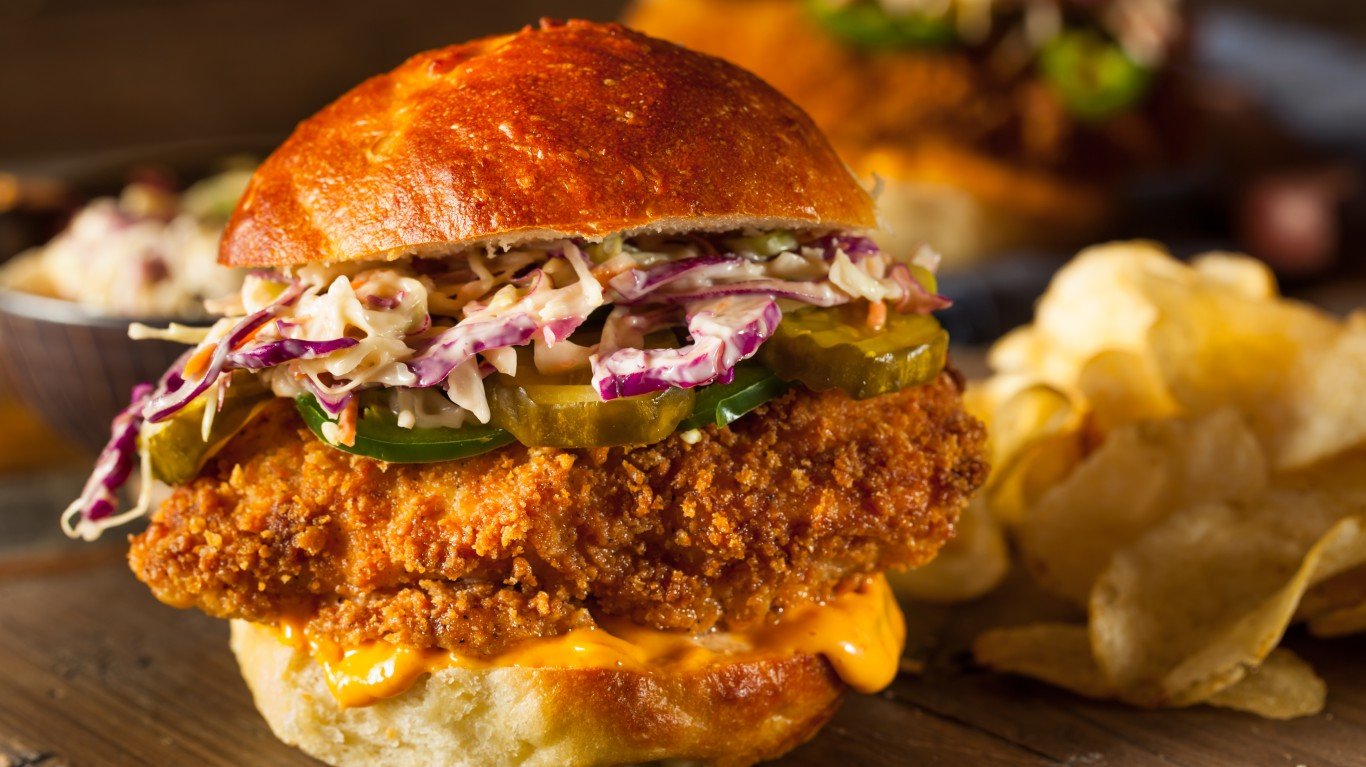
In 2019, Popeye’s launched a food war with its innovative fried chicken sandwich. The concept is simple: A fried chicken filet is topped with mayo and sour pickles and sandwiched in a brioche bun. Not to be outdone, Chick-fil-A chimed in, claiming it had invented the sandwich. Popeye’s refuted that claim. Fans of both sandwiches took the battle to Twitter, and the great fried chicken scuffle was on. Today, it seems like nearly everybody offers a version — Wendy’s, McDonald’s, Arby’s, Sonic, Burger King, KFC, and more.
Cold brew coffee
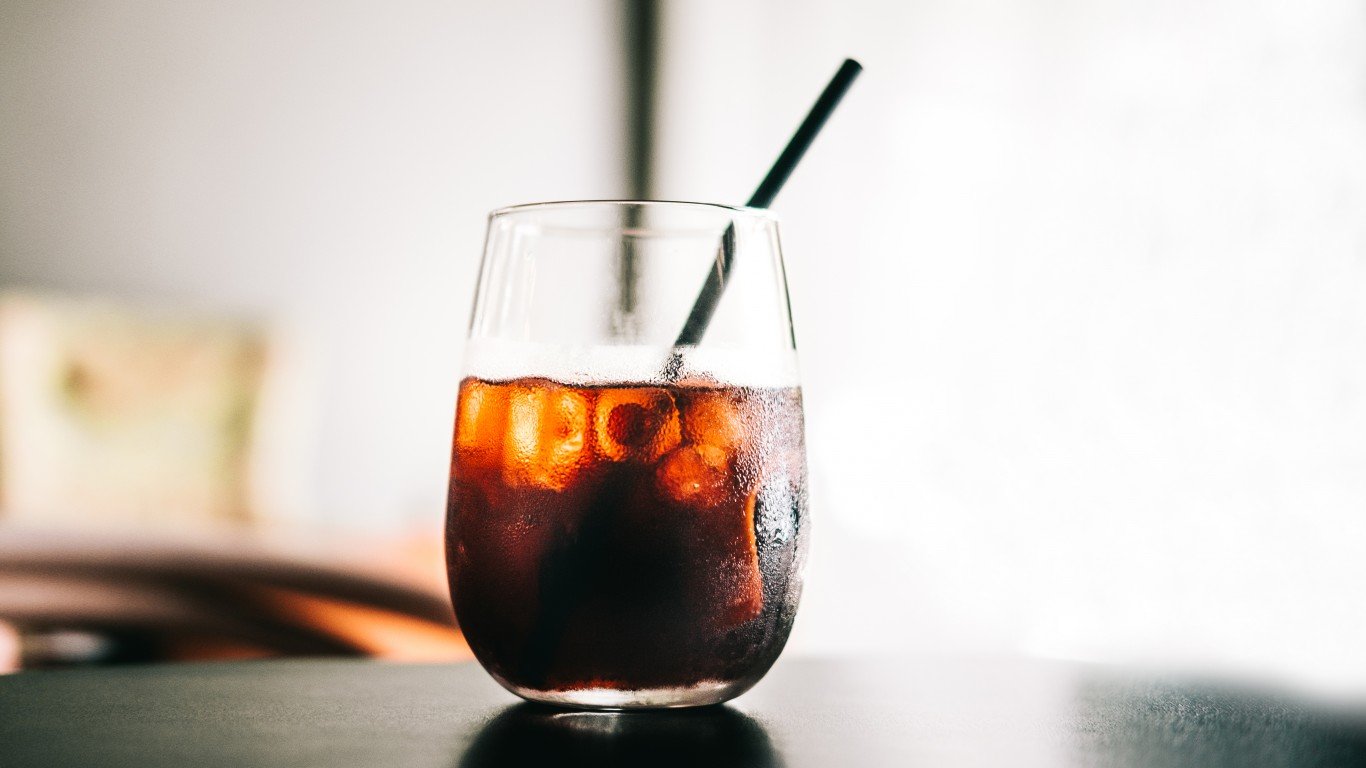
This cold-brewed beverage dates back to the 1600s, when the Japanese adapted the cold-brewing process from tea to coffee. Although cold brew – in which coffee grounds are steeped for hours in cold water, producing a flavorful beverage without bitterness – appeared in Cuba in the 1930s and the U.S. in the 1960s, it wasn’t until the 2000s that the preparation made its way onto the menus of independent specialty coffee shops here. Soon afterward, Starbucks and Dunkin’ got in on the act, and now cold brew is as common as a latte.
Macarons
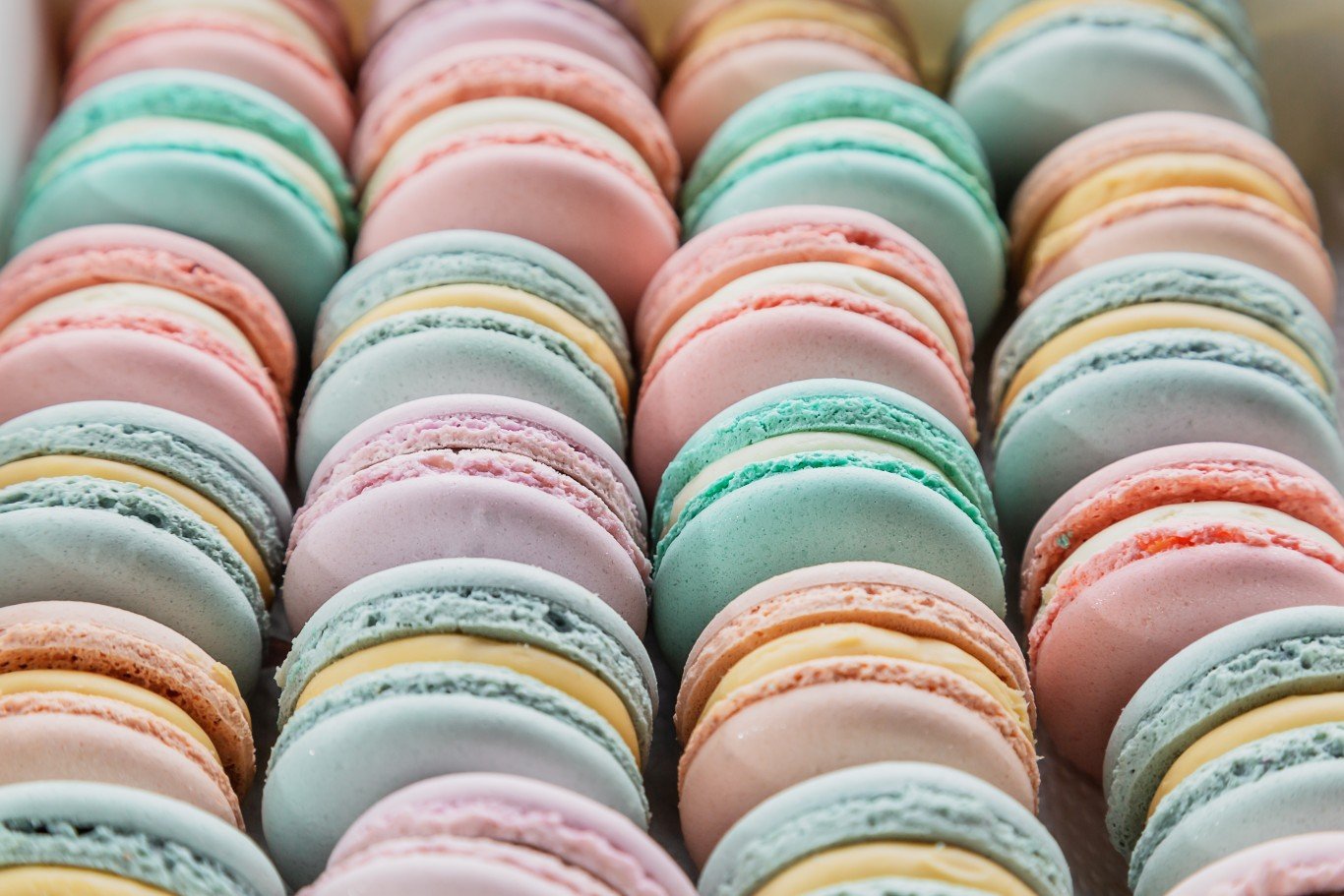
Macarons – not to be confused with the coconut cookies called macaroons – are a French invention. In the 1600s, Catherine De Médicis traveled from Italy to France to marry the French king Henri II. Among other foods, she brought along her favorite confection, almond and egg white cookies called “macaroni.” They remained a treat for the nobility until the 1790s when two nuns began selling them to the public.
In the 1830s, pastry cooks began sandwiching fillings between two of the cookies, and in the early 20th century, the famed Parisian pastry shop Ladurée created the differently colored and flavored macarons we know today. After the shop opened its first American branch in 2011, the confection started gaining a fan base here, with Reuters reporting that they were “replacing the cupcake in the United States as a favorite dessert.”
Cauliflower pizza crust

Early in this century, when “carbohydrates” became a bad word, consumers looked for an alternative, and some of them found it in an unexpected place: cauliflower. The cruciferous vegetable has a texture that lends itself to conversion into things like fried rice and gnocchi. But perhaps its most widespread and popular use today comes when it’s processed into a low-cal, gluten-free pizza crust. You knew the crust was a hit when, in 2018, California Pizza Kitchen added a cauliflower version of its namesake meal to its menu.
Cake pops
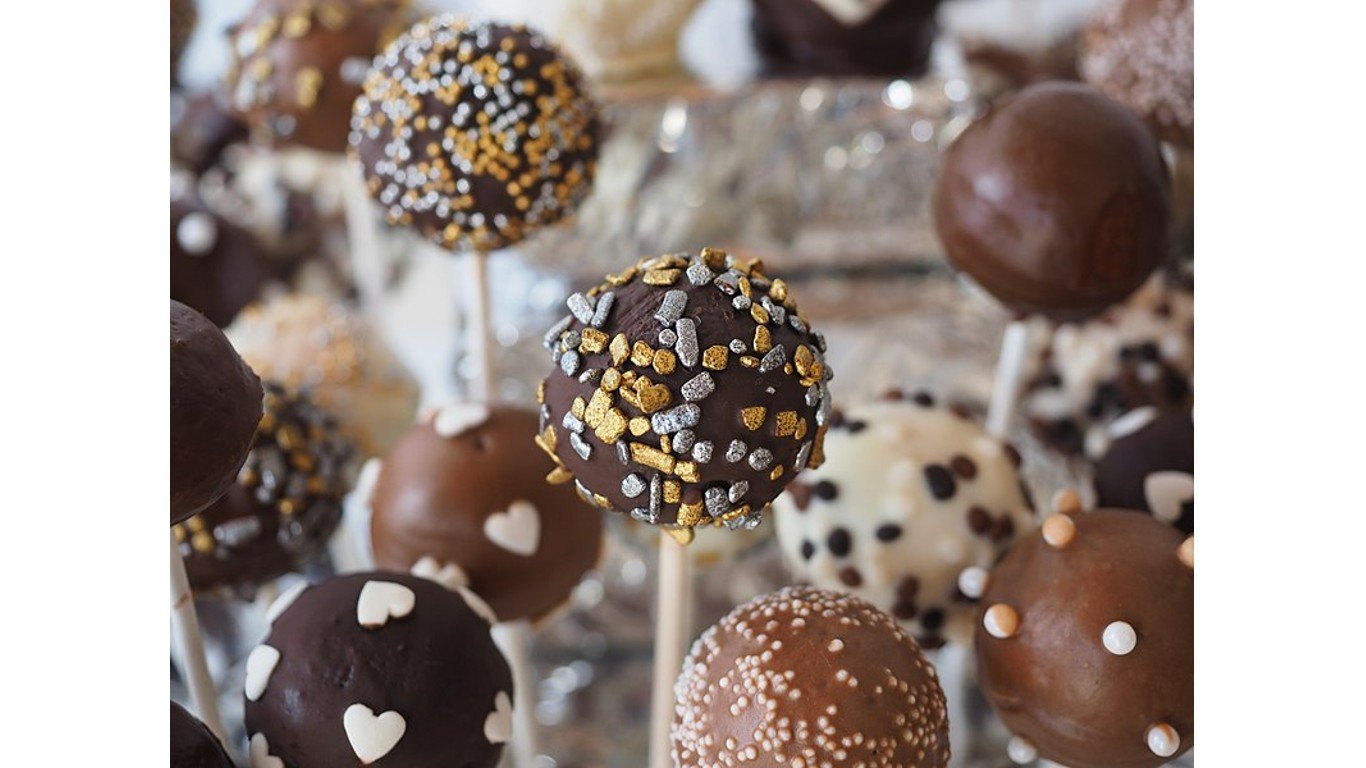
The cake pop phenomenon – a craze for bite-sized frosted cakes on a stick – can be traced to Angie Dudley, a graphic designer from Atlanta, who started blogging about the sweet treat under the name of Bakerella. Her concoctions gained the eye of none other than Martha Stewart, who invited her on her show in 2008, and the rest was dessert history. Today, you can even find cake-pop-making appliances if you want to make your own.
Bowls (burrito, smoothie, açaí, Buddha, breakfast, etc.)
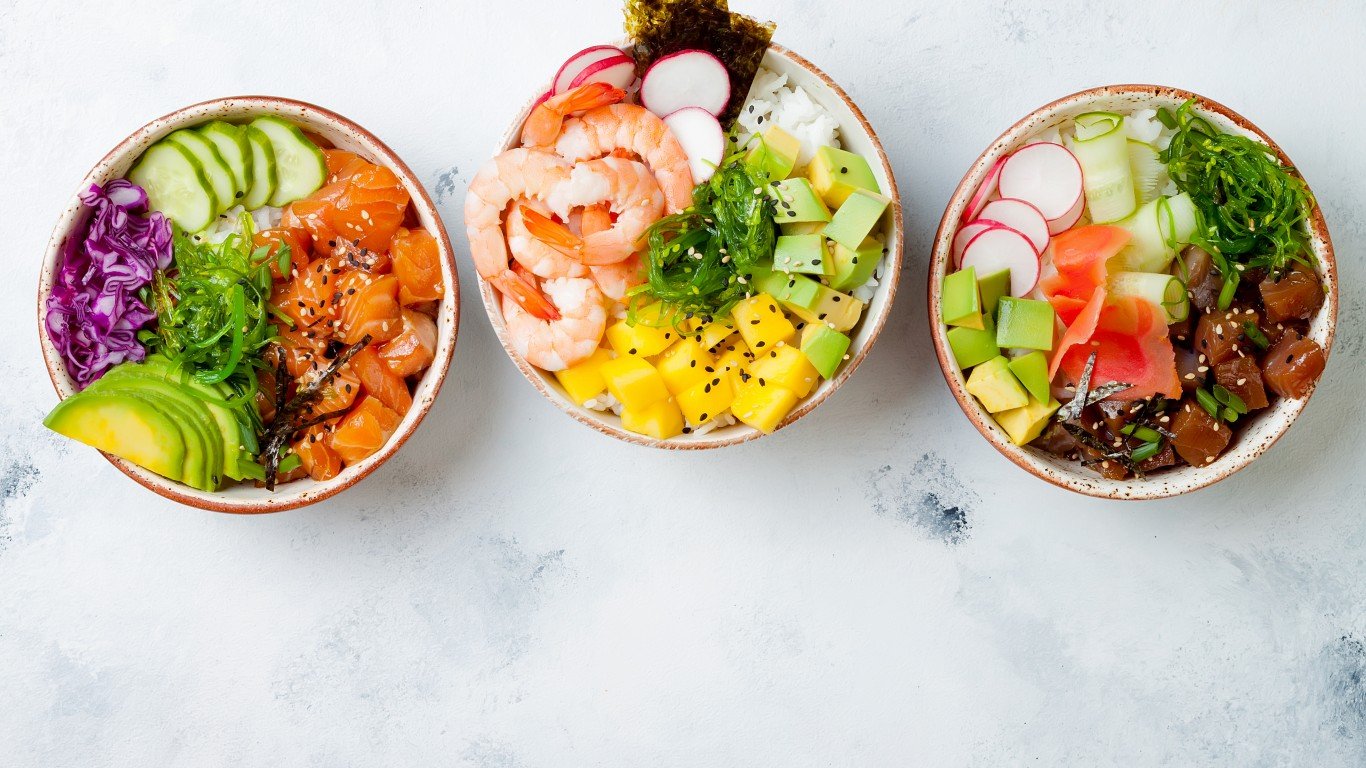
The bowl trend has its origins in Asian food traditions, so it’s not surprising that one of the first manifestations of the bowl trend in the U.S. was the so-called Buddha bowl – perhaps so named because of its supposedly harmonious combination of ingredients (and/or, some sources have suggested, because the roundness of the bowl echoes the roundness of the Buddha’s belly in popular depictions). The trend really took off around 2015, with meals and cuisines of all kinds now assembled in bowls – even Chipotle’s deconstructed burritos. Versatility is the main ingredient in any food bowl. You can fill it with anything you like from meats and vegetables to an açaí smoothie.
Chia seeds
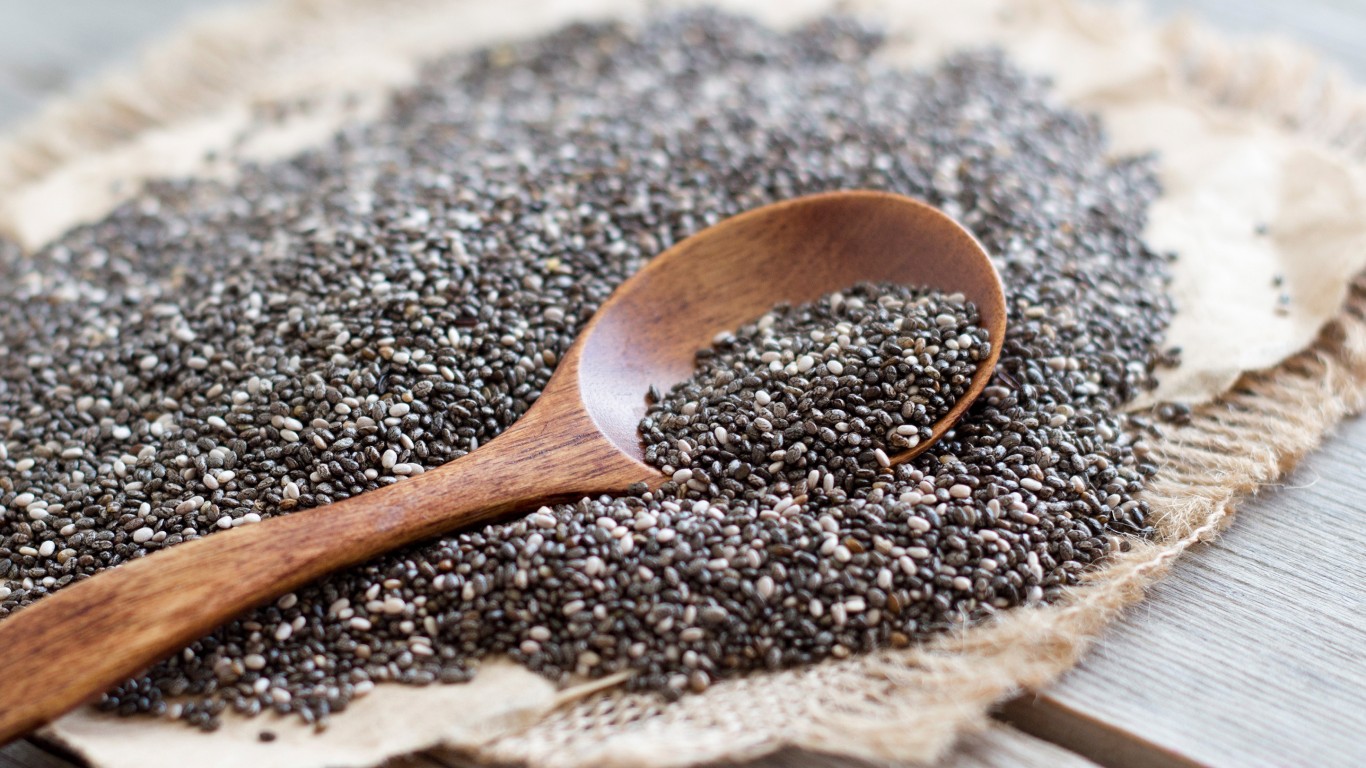
A major food crop in Mexico and Guatemala, chia seeds have been cultivated as far back as 3,500 B.C. A researcher at the University of Arizona in the 1980s first identified them as a “superfood” (they’re rich in omega-3 fatty acids, said to promote cardiovascular health). In the early years of the 21st century, as interest in healthy lifestyles and vegan diets increased, the seeds gained popularity as an alternative source of protein, ending up in puddings, salad dressings, smoothies, and more.
Cupcakes

The first mention of cupcakes was in the 1796 edition of “American Cookery,” by Amelia Simmons. The little treats were again popularized in the 19th century. They became a 21st-century fad after two of the protagonists of “Sex and the City” made a cupcake-eating pilgrimage to Manhattan’s Magnolia Bakery in 2000. Before long, cupcake specialty chains like Sprinkles and Crumbs were opening around America. Cupcakes are still enjoyed, and many local bakeries make their own, but as a fad, they’ve faded.
Alternative sandwich buns (ramen, doughnuts, fried chicken, etc.)
Kentucky Fried Chicken first introduced its doughnut chicken sandwich – which is a chicken breast sandwiched between glazed doughnuts – om 2020. But that wasn’t the chain’s first foray into non-traditional buns. Back in 2010, it created the Double Down, which was two chicken breasts held together by bacon, cheese, and mayo. Although KFC discontinued the sandwiches in the U.S., the Doughnut Chicken Sandwich, and Double Down fans still clamored for them. Chicken and doughnuts aren’t the only bun substitutes. YouTubers and TikTokkers (and actual restaurants) have also made “buns” out of fried cakes of ramen, slabs of eggplant or portobello mushroom, discs of sushi rice, rafts of mac and cheese, and gobs of Yorkshire pudding, among other things.
Cronuts
Can’t decide between a doughnut or a croissant? Thanks to pastry chef Dominique Ansel, you can have both at once. In 2013, Ansel created the sweet combination at his eponymous bakery in New York City. Countless imitations have since appeared, as have such variations as doughnut-muffin and scone-croissant hybrids.
Natural wine

While there’s no official or legal definition of the term, natural wine is commonly understood to be wine processed with no artificial ingredients — “low intervention” wine, as it’s sometimes called. While its principles go back thousands of years, natural wine became a movement in rural France in the latter part of the 20th century, and first came to America in the late 1990s.
Shops devoted exclusively to natural wine began opening in the U.S. in the first years of this century, and by 2010 both shops and restaurant wine lists that were exclusively “natural” were common around the county. While minimizing additives and excessive processing may be a good thing, the resulting wines are often cloudy and sour, and not to everyone’s taste.
Poke
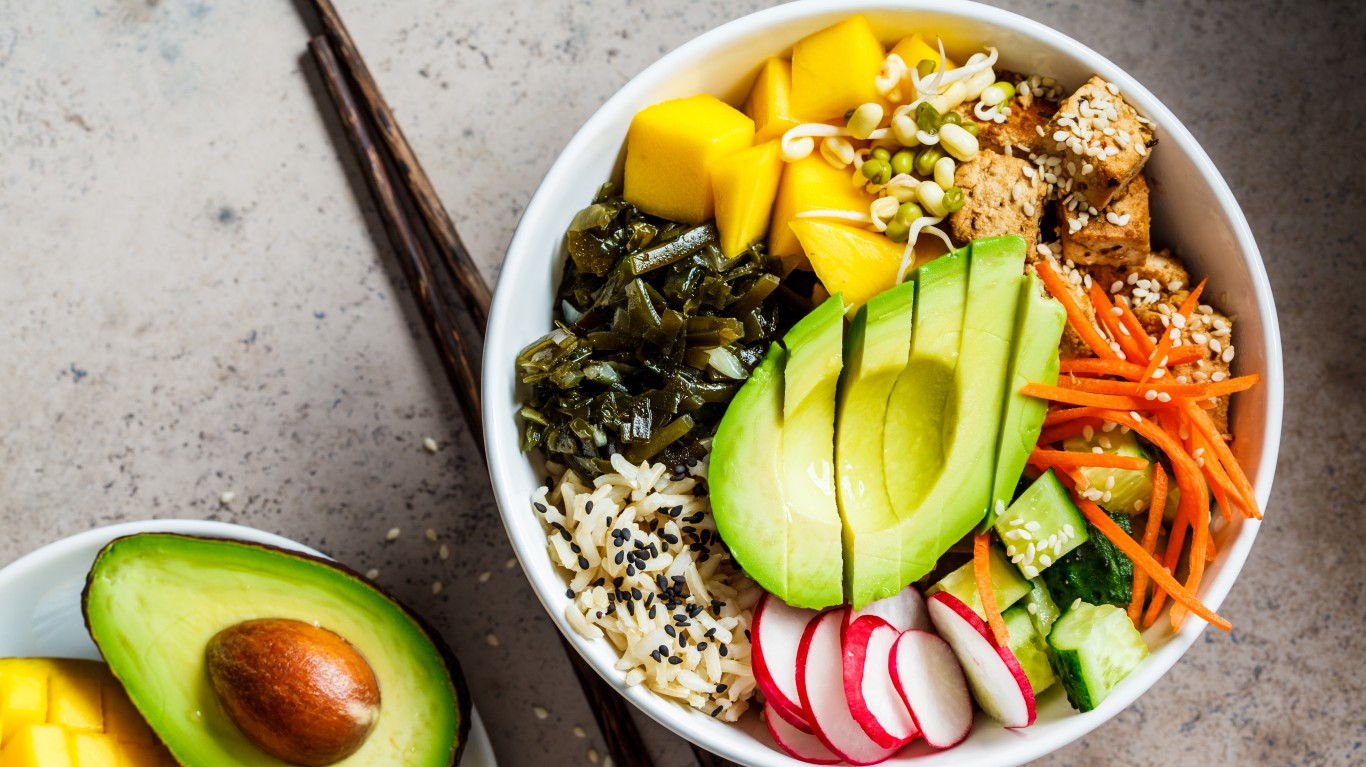
While poke ( pronounced “POH-keh”) is usually associated with a bowl, it’s also a fad on its own, and the name refers to the chunks of raw, marinated fish (usually tuna) served over rice and topped with vegetables and umami-packed sauces. You can find the dish everywhere in Hawaii, even at gas stations and roadside stands. But since around 2012, it has become increasingly popular on the Mainland as well, both in Hawaiian-themed restaurants and specialty poke shops.
Street tacos
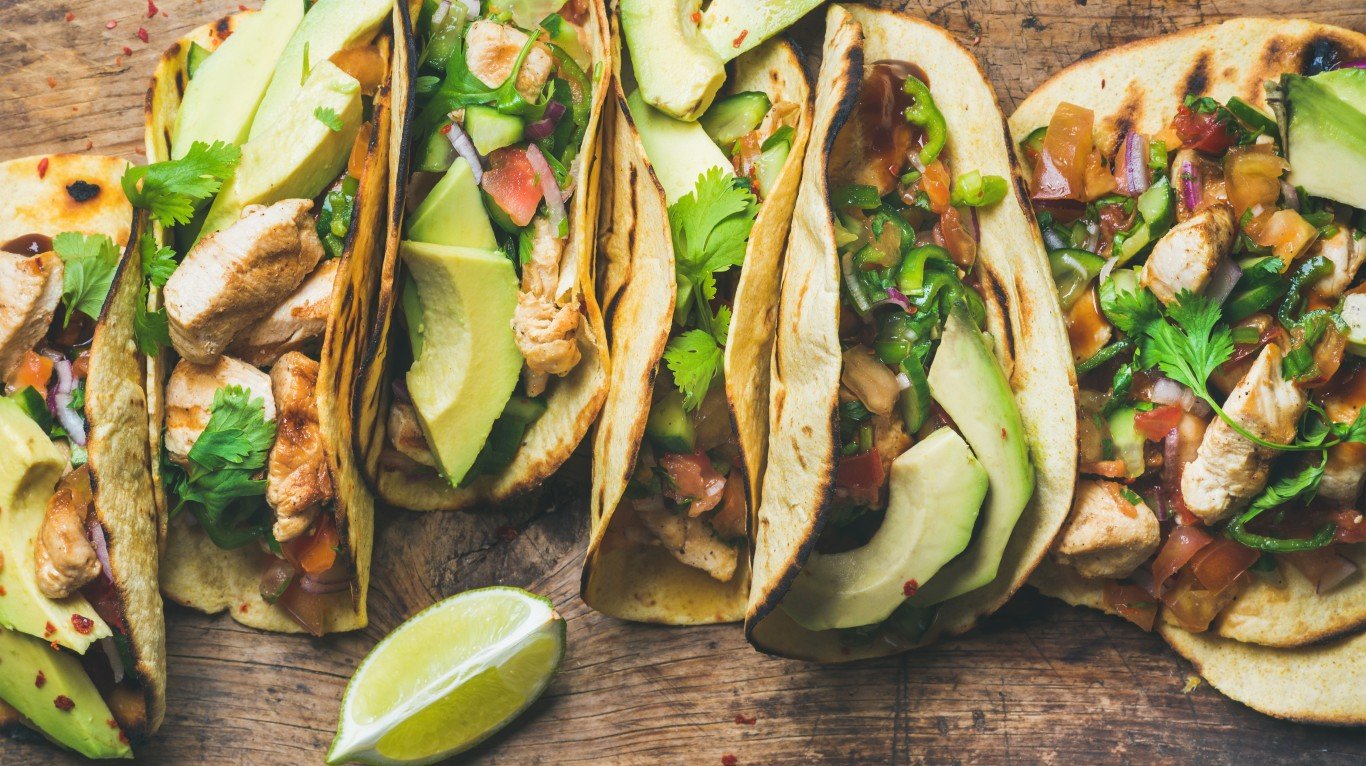
These tiny tacos differ from regular tacos in a few ways. First, street tacos harken back to the more traditional tacos made by street vendors or food trucks in Mexico. Also, they’re usually smaller than other tacos and filled with meat and maybe onions and cilantro, plus salsa, but without the lettuce or tomatoes. They’re also usually served on two soft tortillas instead of just one, to better hold the ingredients. As interest in more authentic Mexican food continues to grow in this country, “street tacos” have become more popular – even if the places that serve them are often sit-down restaurants.
Matcha
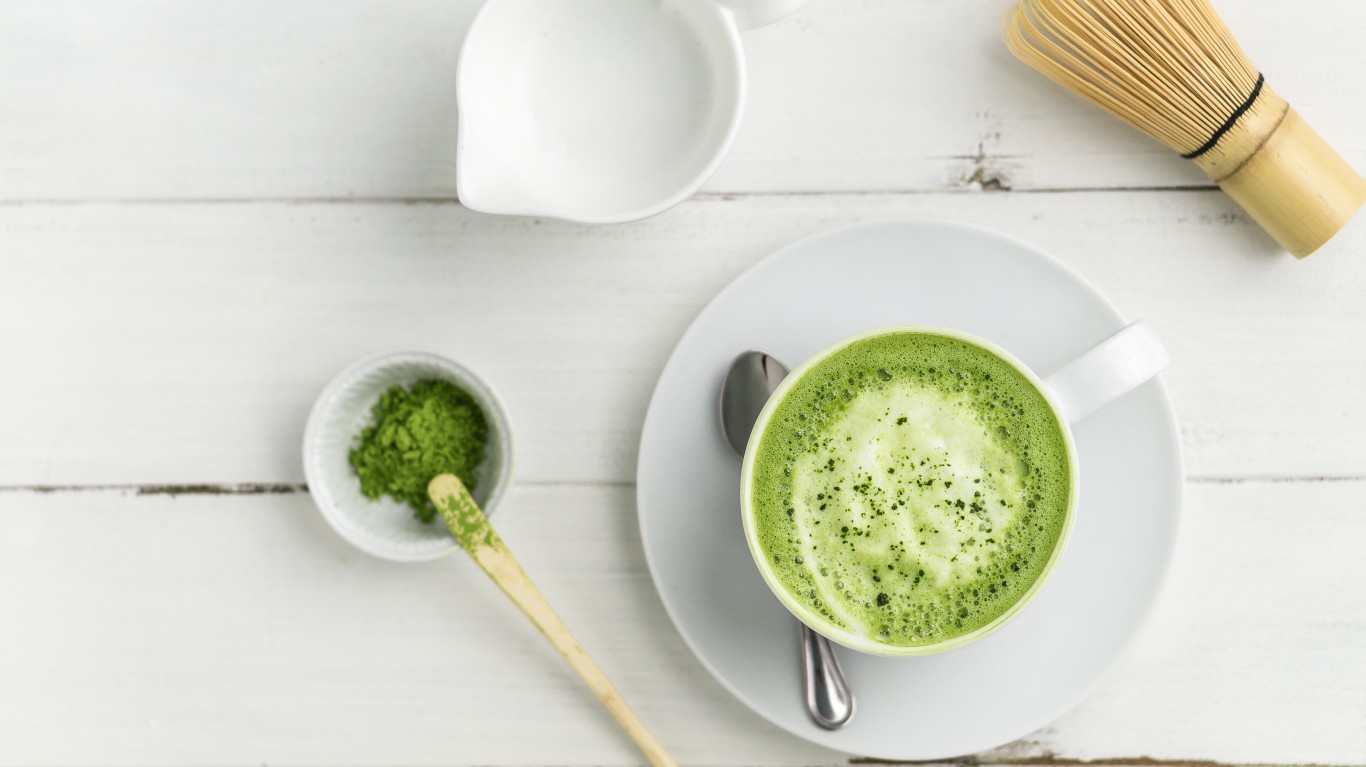
Made from the leaves of green tea ground into a fine powder, matcha is reportedly rich in antioxidants, and can be steeped in water and sipped as tea, or made into other beverages. It can also be added to baked goods or other food products, such as hummus. The current popularity of matcha in the U.S. is said to derive from a 2015 Instagram post by Gwyneth Paltrow praising a matcha latte she’d enjoyed.
Hard seltzer
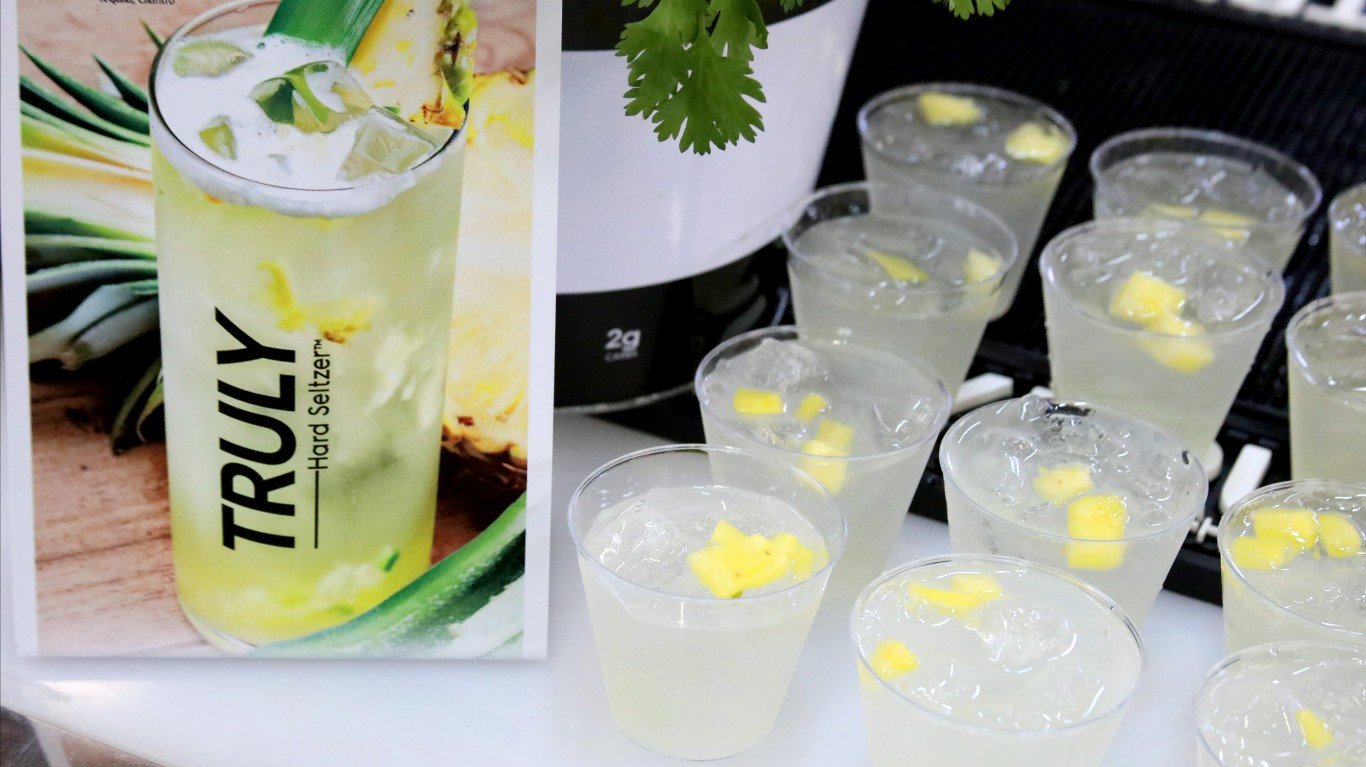
Hard seltzer had an inauspicious beginning in 2013 in the Connecticut garage of beer brewer Nick Shields. He’s credited with creating the one, dubbed SpikedSeltzer. The drink doesn’t contain any distilled spirits. Instead, it’s brewed much like beer, with yeast fermenting the sugar that is then dissolved in carbonated water.
Charcuterie boards
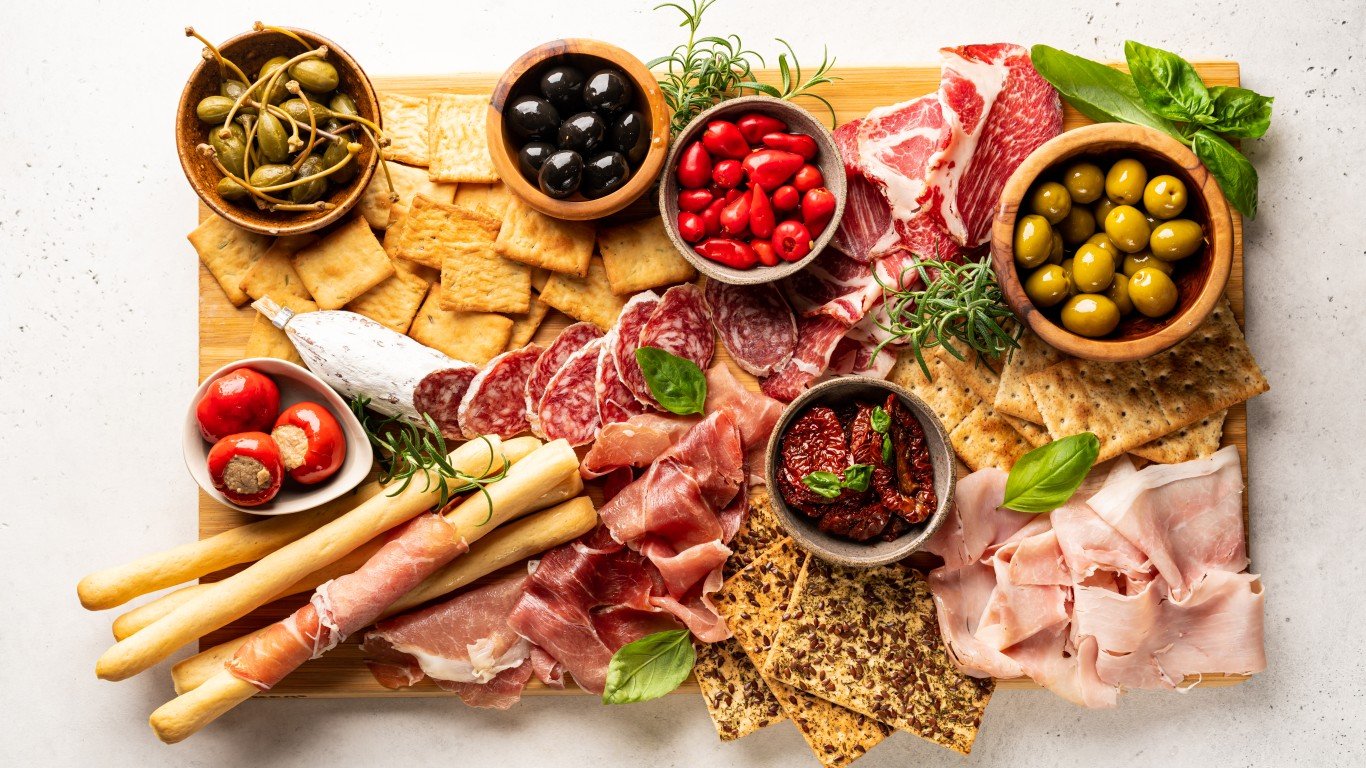
Like many current trends, charcuterie boards originated centuries ago. In the 15th century France, shop owners known as charcutiers displayed cuts of cooked meats on boards and platters. Over time, fruits, cheeses, and vegetables were added to create what we know today as charcuterie boards. Thanks to Instagram influencers, such carefully arranged presentations have become a trend in modern-day America.
Mocktails
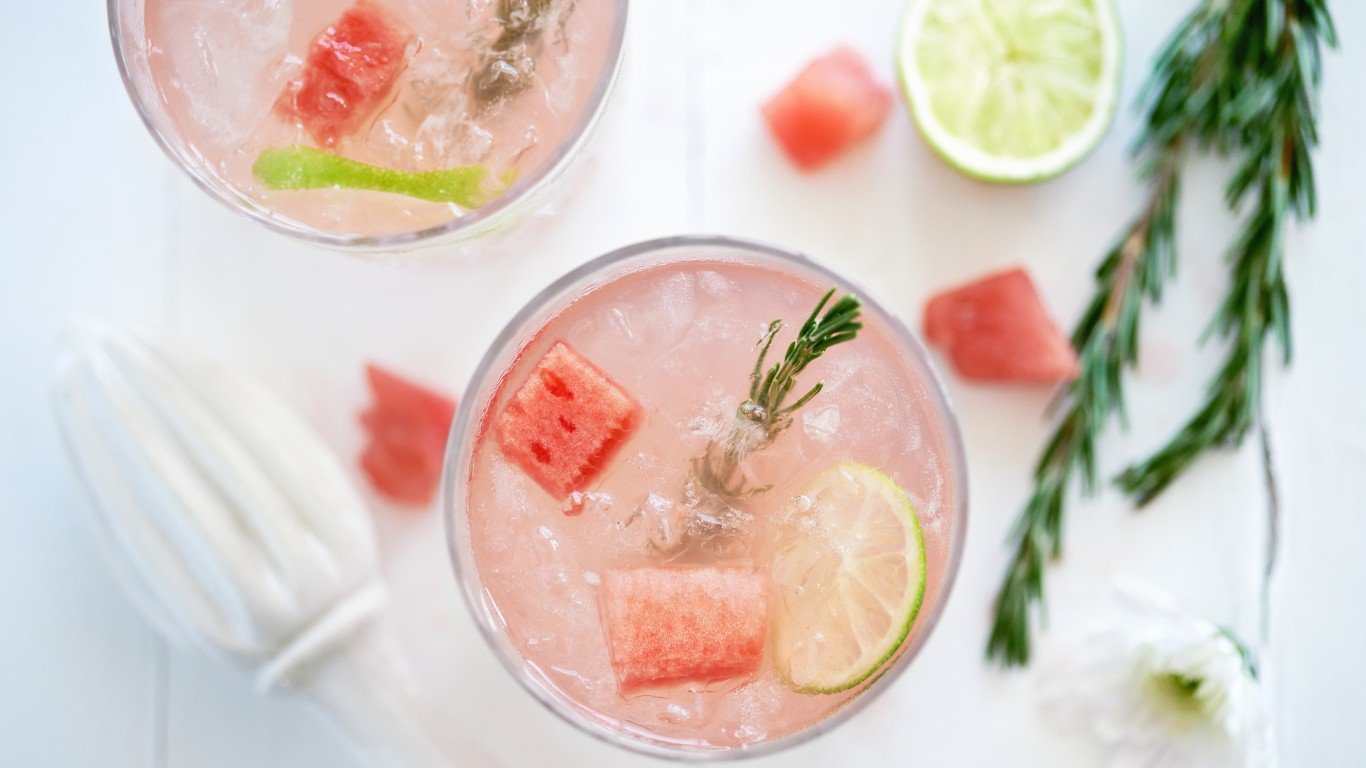
Fancy cocktails with multiple ingredients – but no booze – are having a moment. According to NielsenIQ, between August 2021 and August 2022, total dollar sales of non-alcoholic drinks in the U.S. hit $395 million, representing a year-over-year growth of 20.6%. Another survey by NielsenIQ found that 22% of consumers said they were limiting alcohol consumption, mostly for health reasons. Mocktails could be a great option if you’re participating in Dry January, a time of year when many abstain from liquor.
Watermelon and feta salad
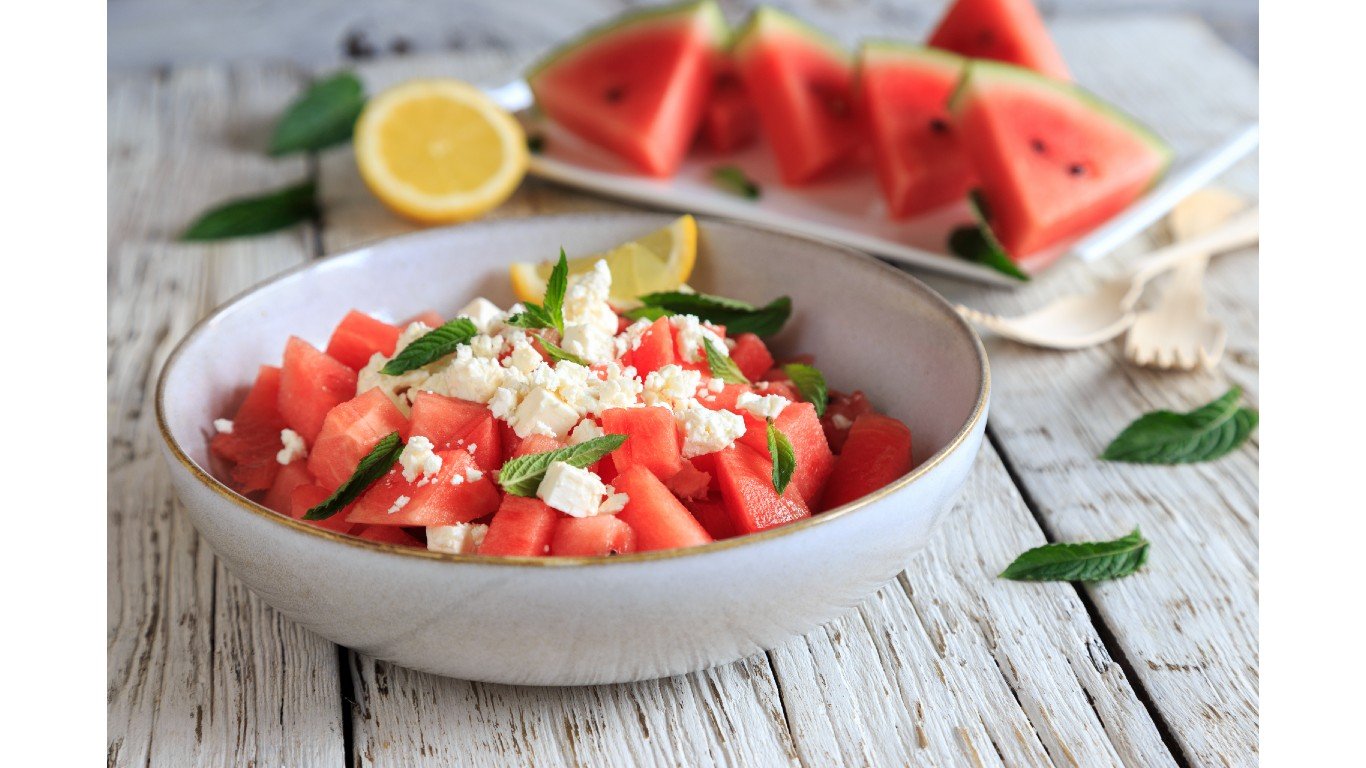
We know watermelon and feta salad has risen to a summer classic because according to Google Trends, searches for the combination have spiked every summer for the past ten years – and it has become a commonplace restaurant appetizer.
Octopus
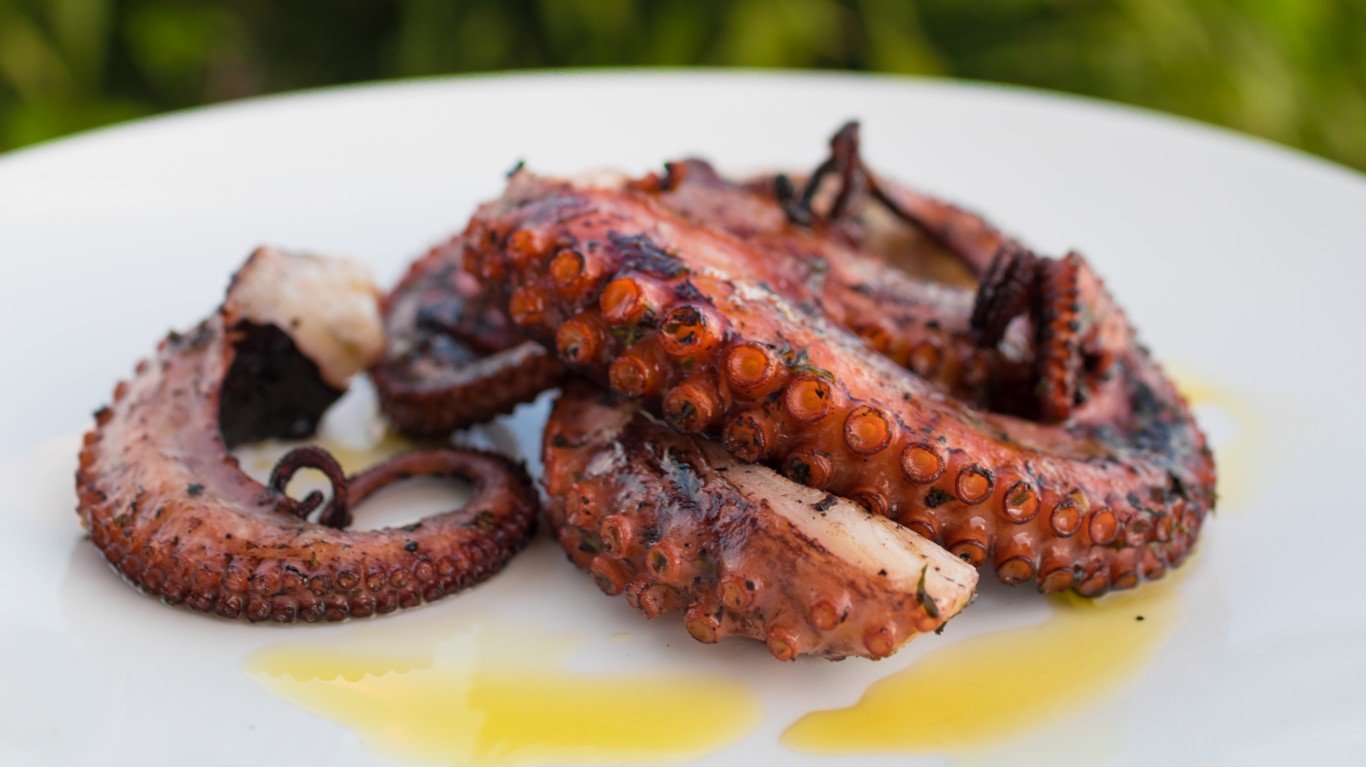
Found in the temperate coastal waters of the Atlantic and the Mediterranean as well as the Sea of Japan and other places, octopus has, in recent years, popped up on restaurant menus across the country too. Imported from Spain and elsewhere, it’s now a restaurant cliché – usually in the form of grilled or seared tentacles. Animal rights advocates are opposed to eating octopus because it is an intelligent creature that feels pain, and is typically farmed under what are considered cruel conditions (and wild stocks are becoming depleted).
Alternative sliders (cauliflower, pork belly, salmon, etc.)
Sliders were probably invented (or at least named) by the White Castle chain decades ago. The original ones were small steamed burgers on small buns. In the 2000s, however, the term has come to encompass small sandwiches of everything from salmon to pulled pork to cauliflower.
Wagyu beef
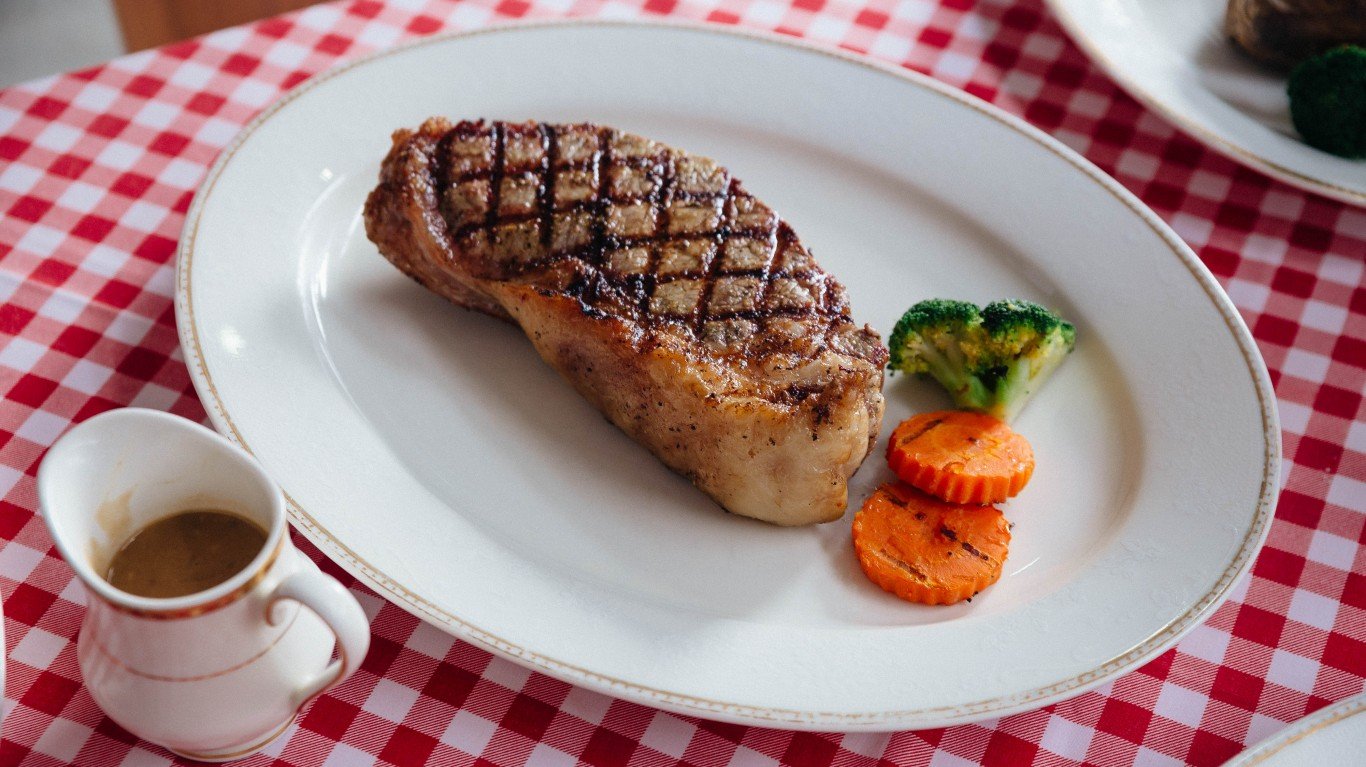
You’ve probably never had Wagyu – not the real thing, anyway. The word just means “Japanese cattle,” but most of the now-ubiquitous “Wagyu” we find – as steak, burgers, jerky, or whatever – comes from hybrid part-Japanese animals raised in the U.S. or Australia. That doesn’t mean it’s not good; it tends to be well-marbled and flavorful.
Nutraceuticals

According to Drug.com, nutraceuticals are fortified food products, marketed as diet supplements, that purport to have disease prevention and medicinal properties. In 1989, Stephen DeFelice, founder and chairman of the Foundation for Innovation in Medicine, in Cranford, New Jersey, coined the term, combining “nutrition” and “pharmaceutical.” Fish oil capsules containing omega-3 polyunsaturated fatty acids are one example of a nutraceutical. It should be noted that such products are not regulated as pharmaceutical drugs.

